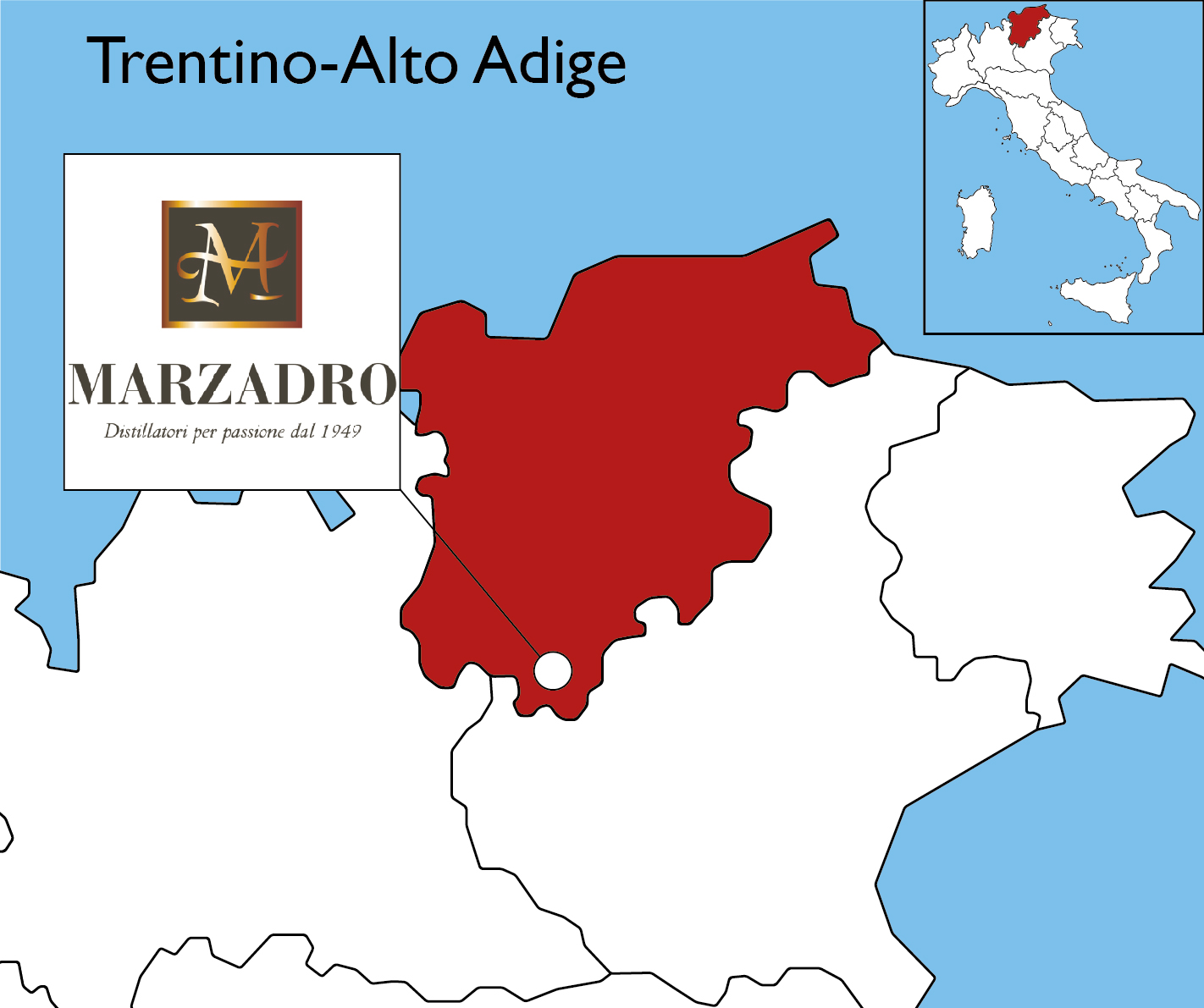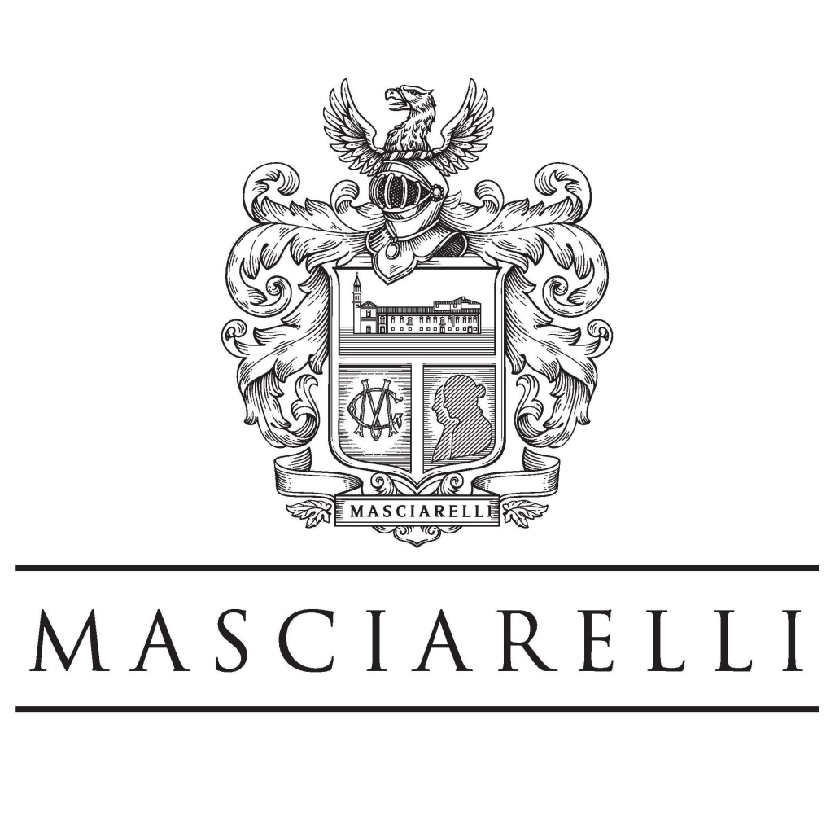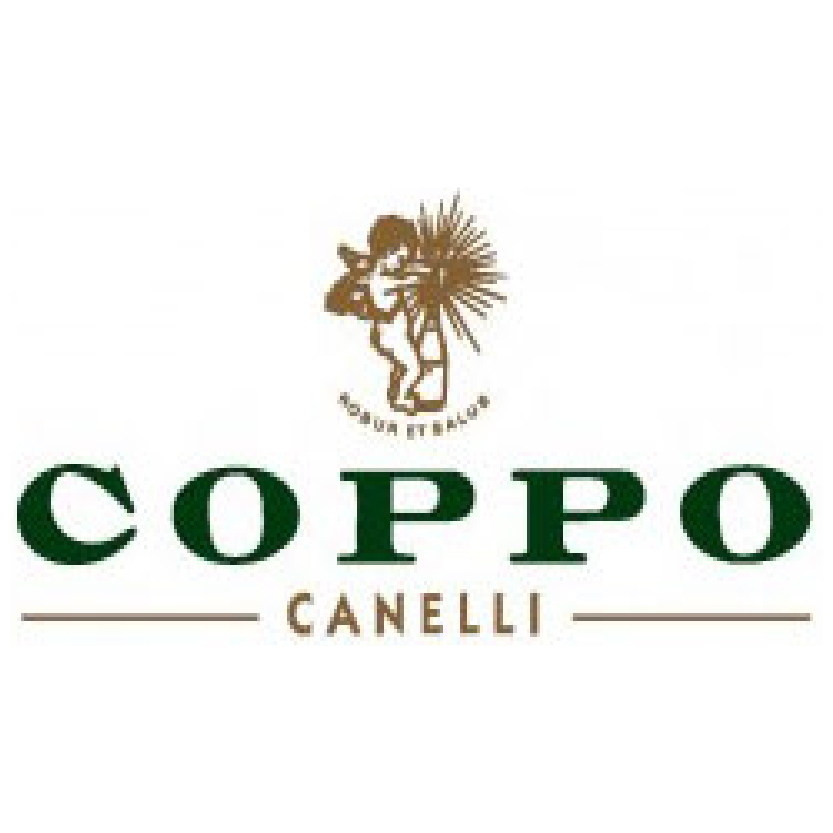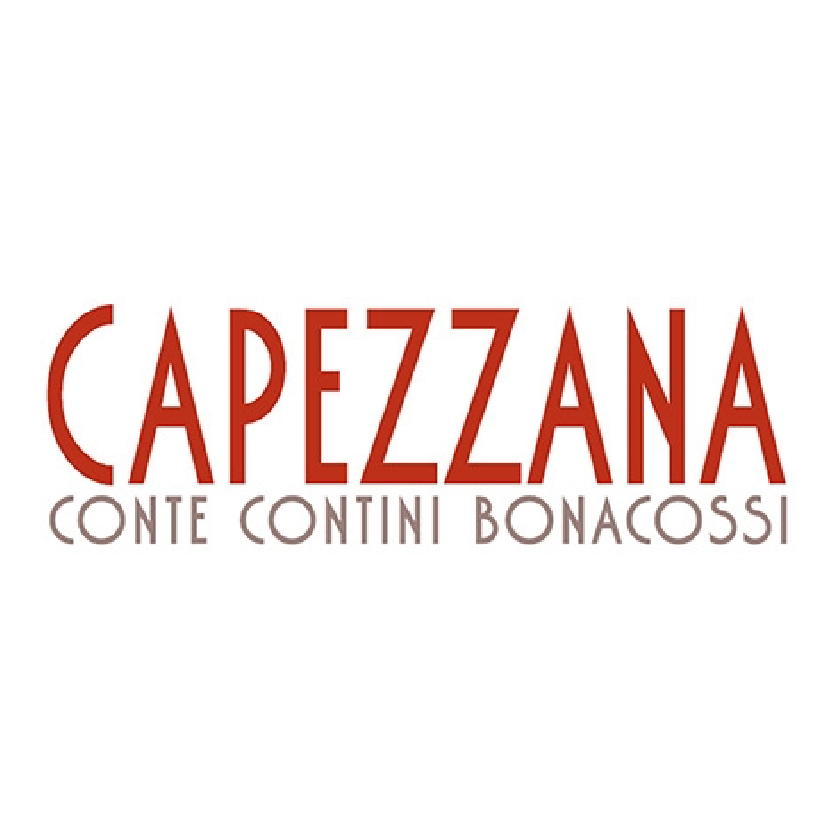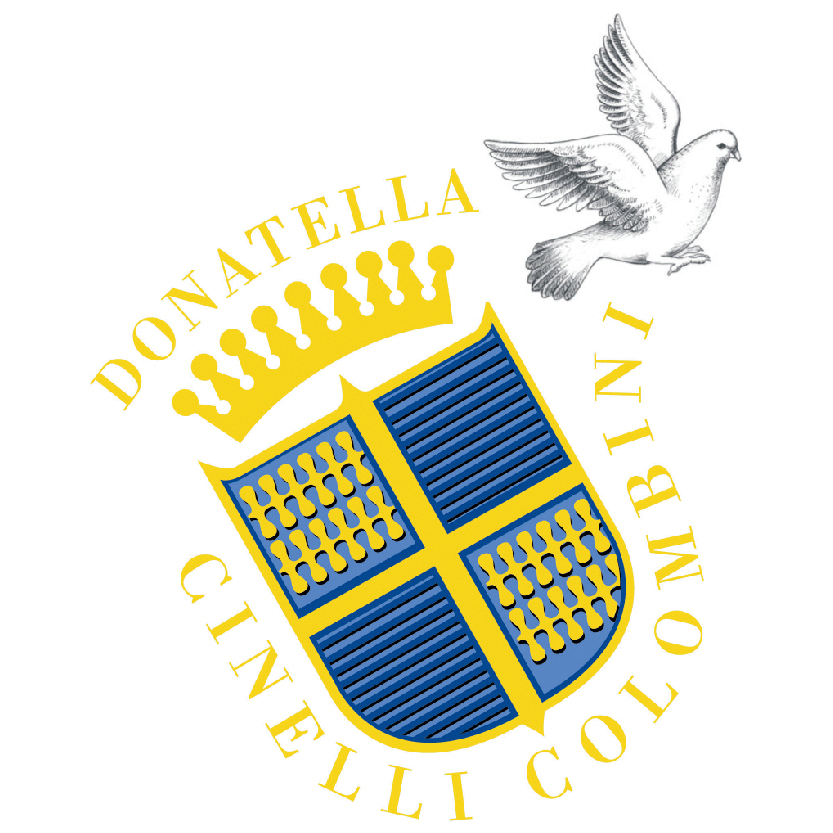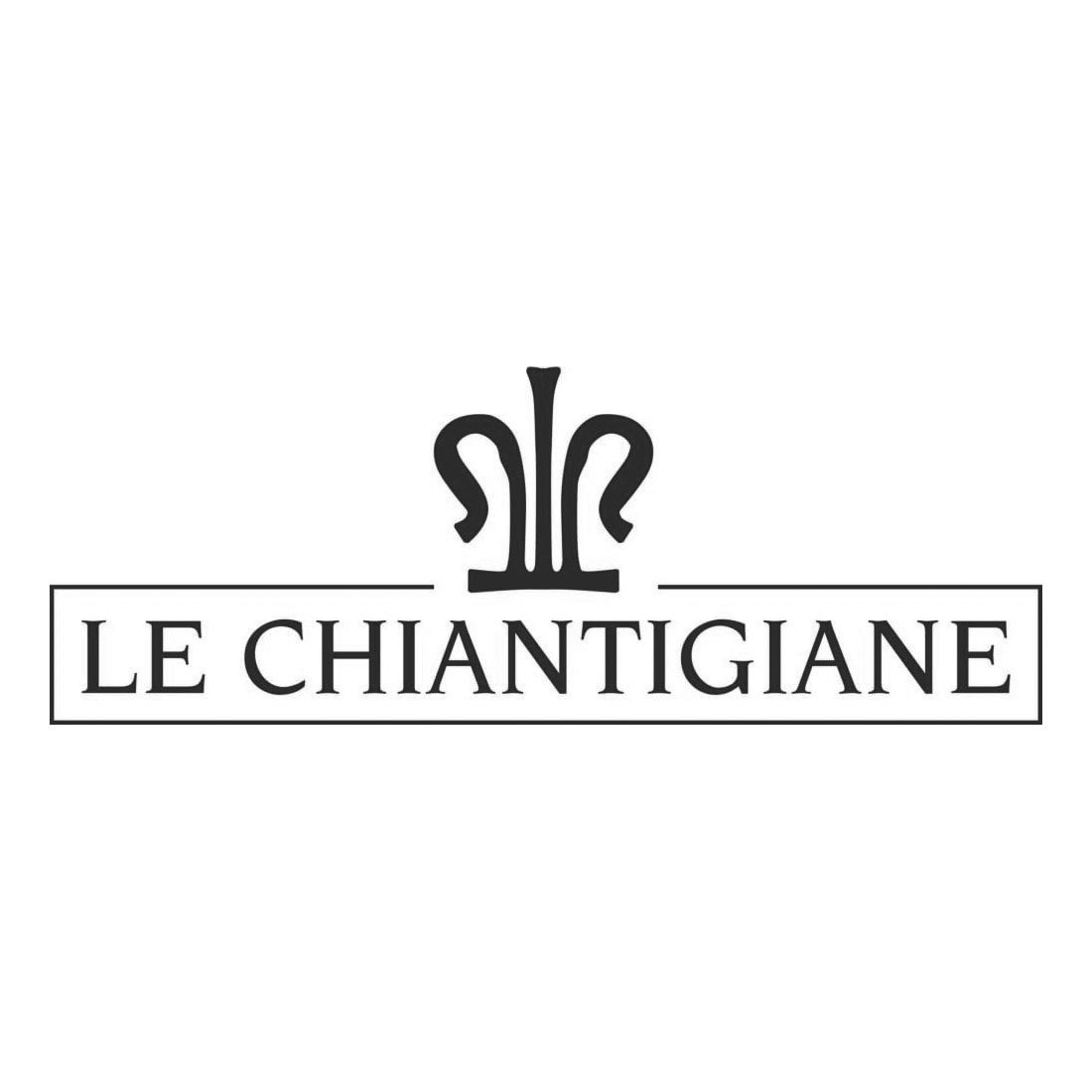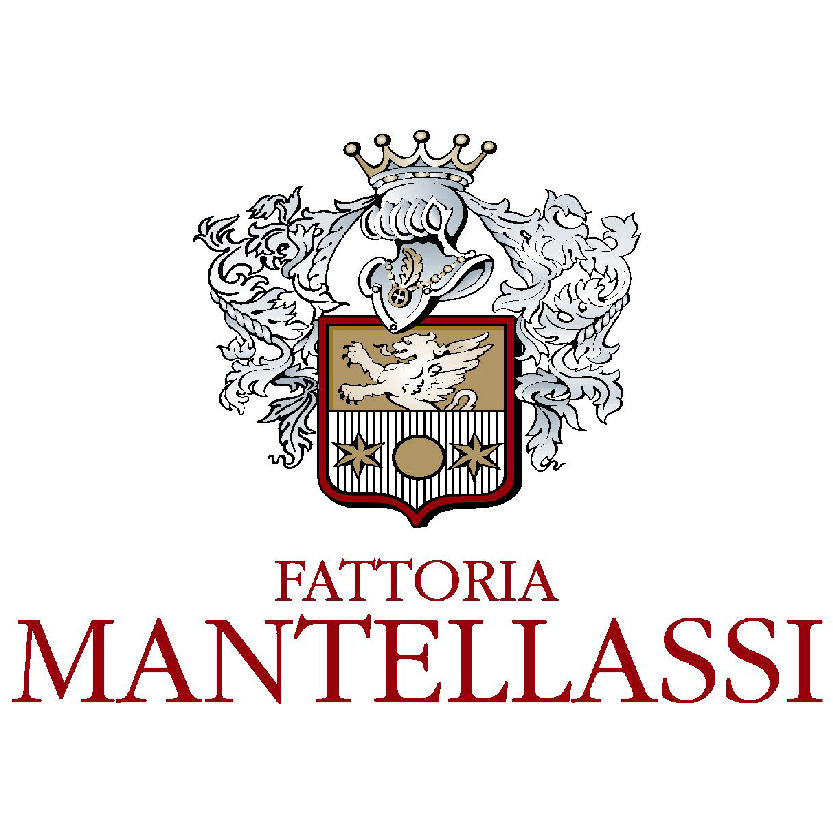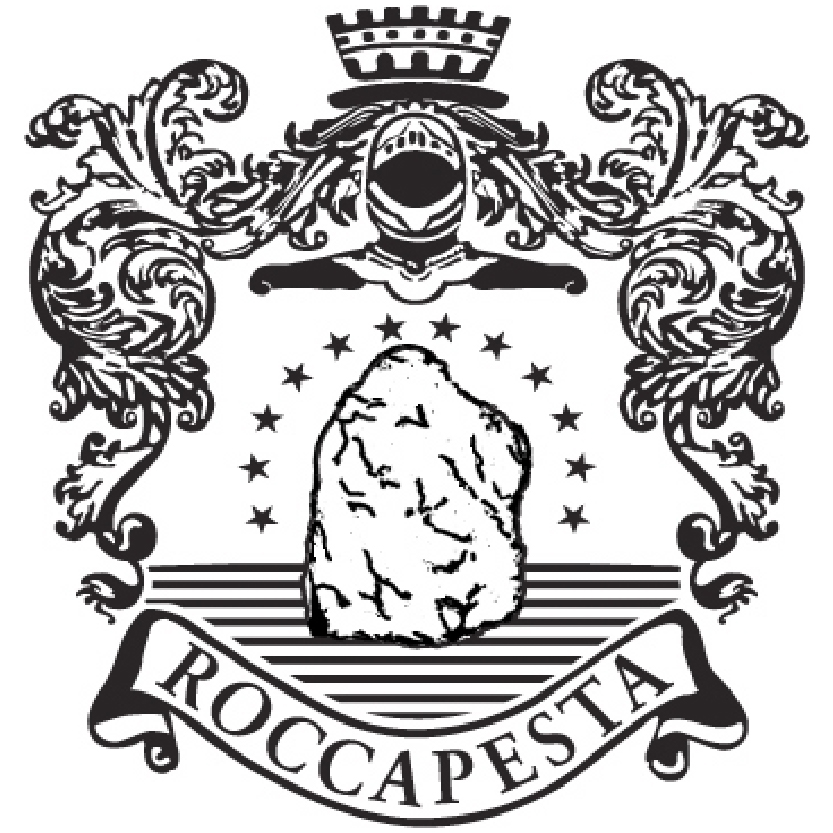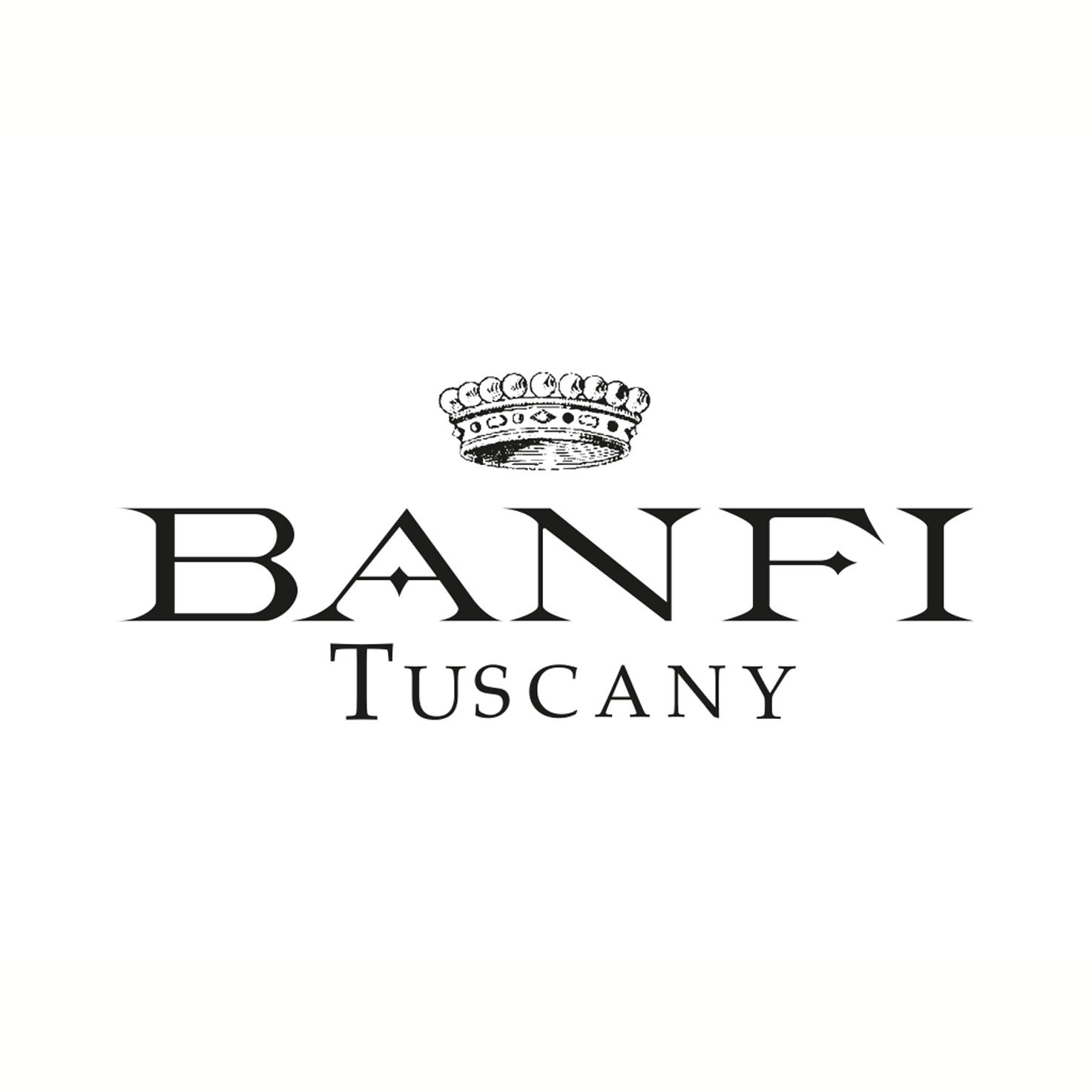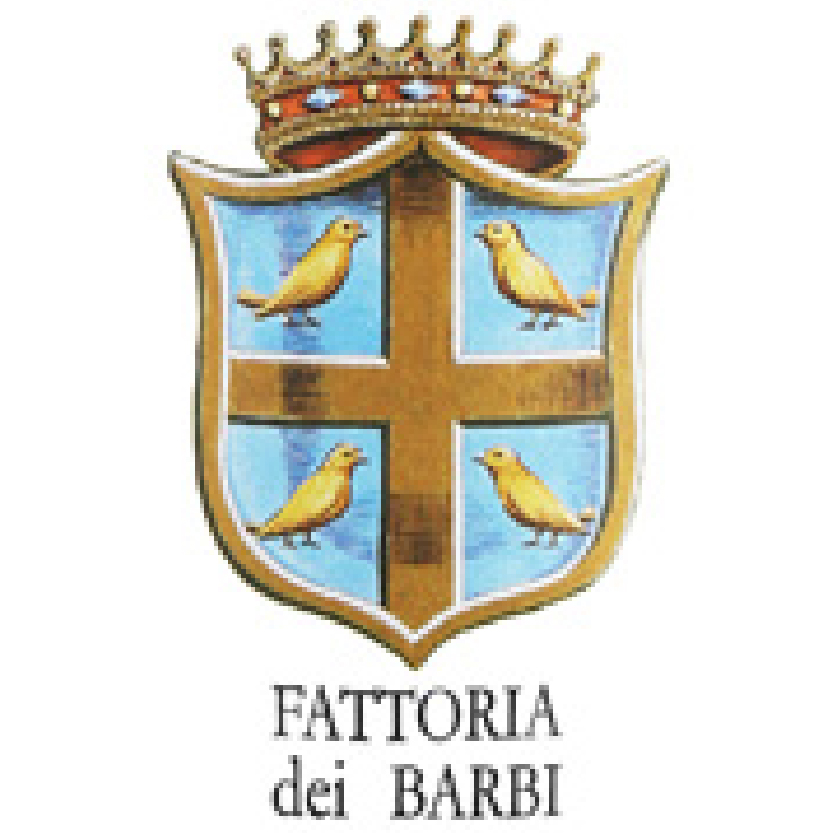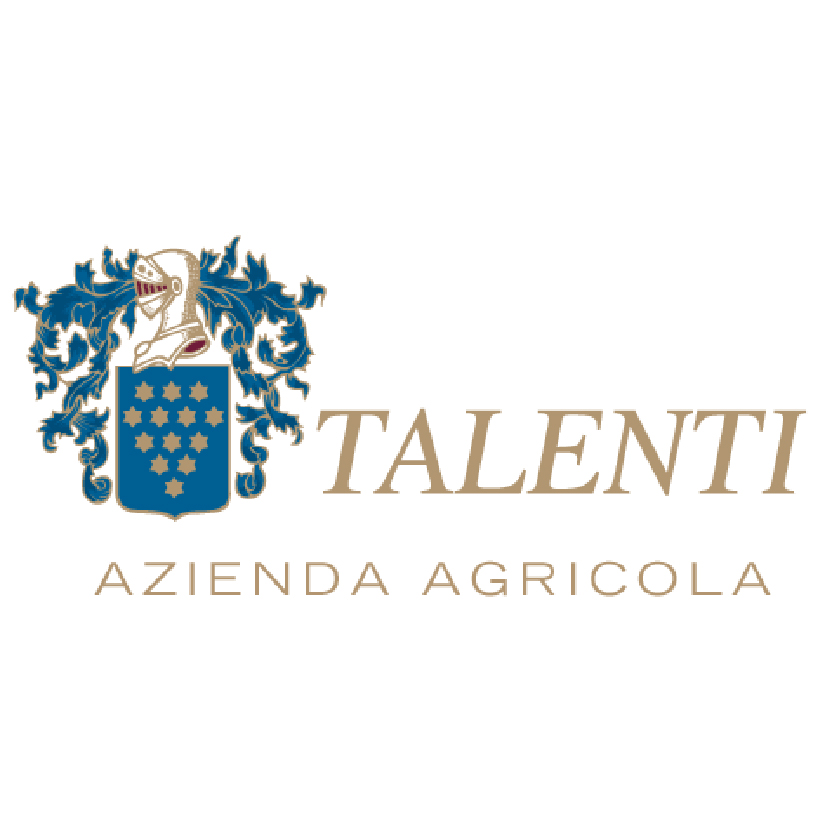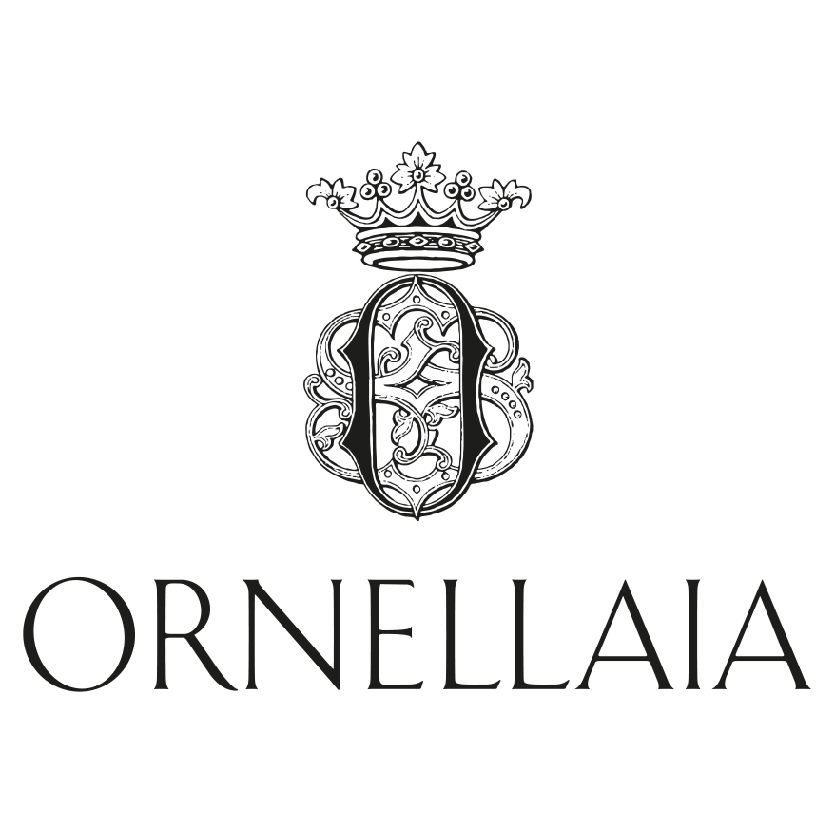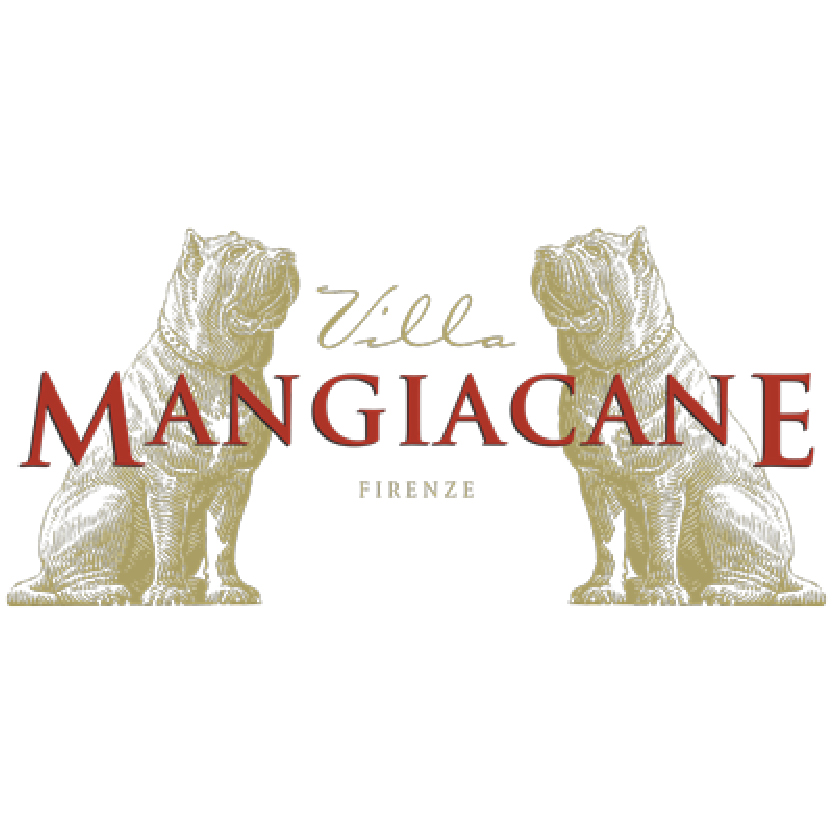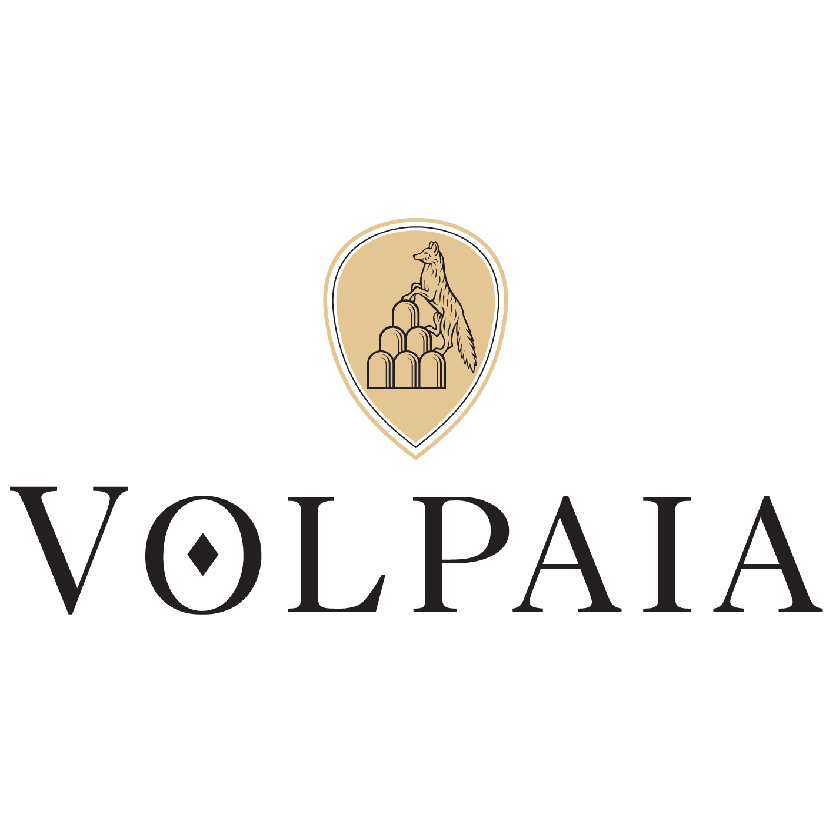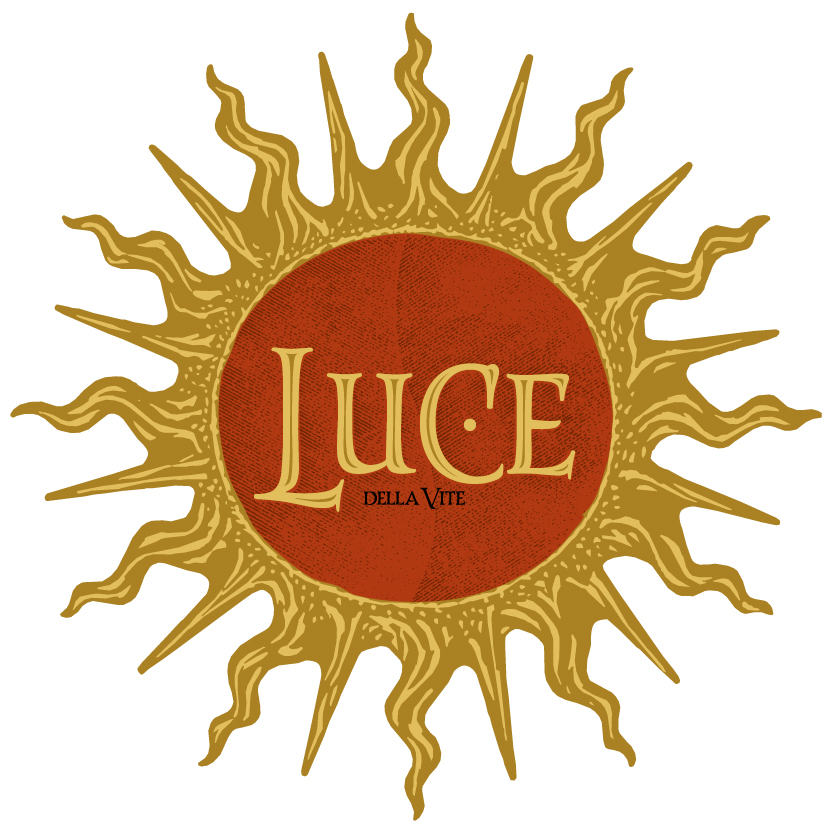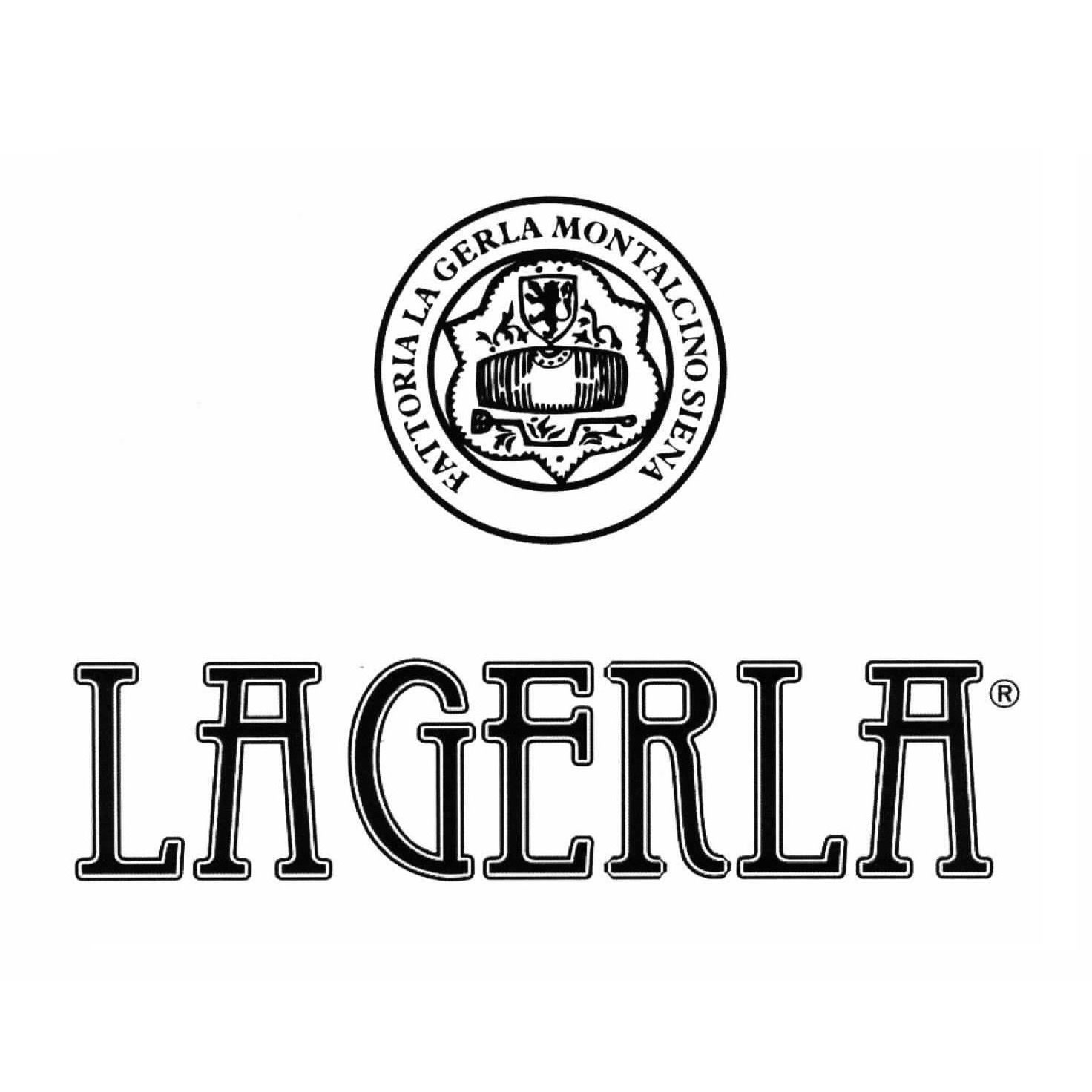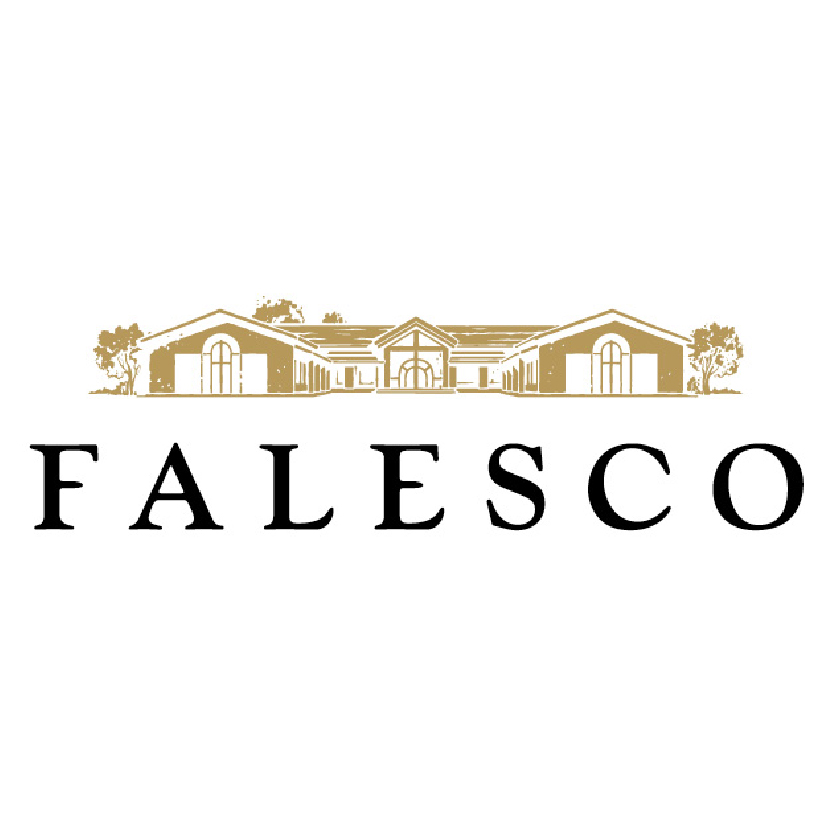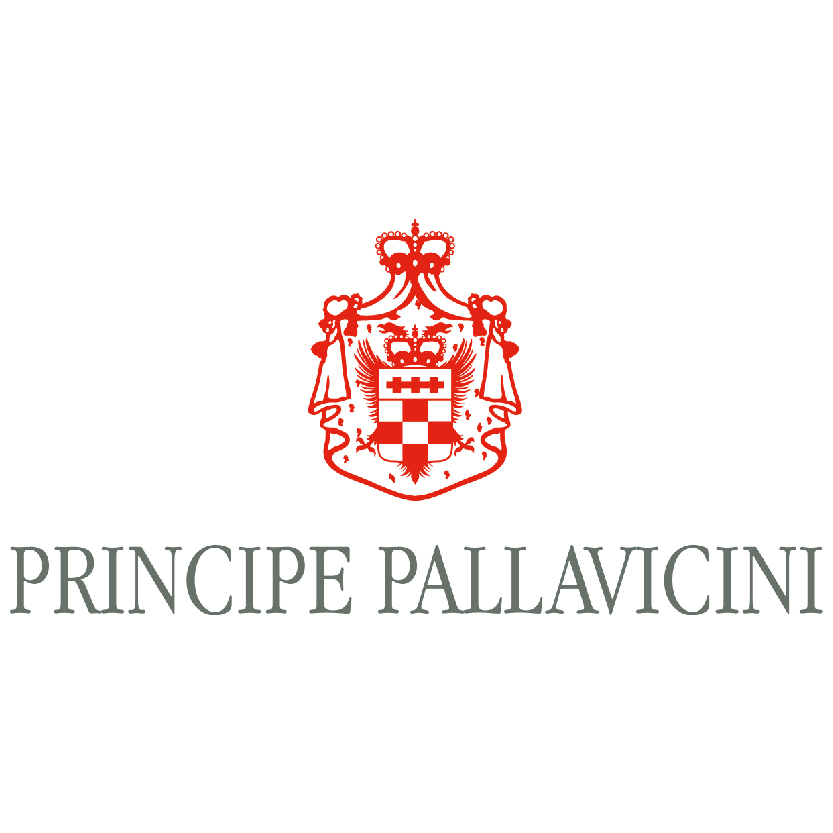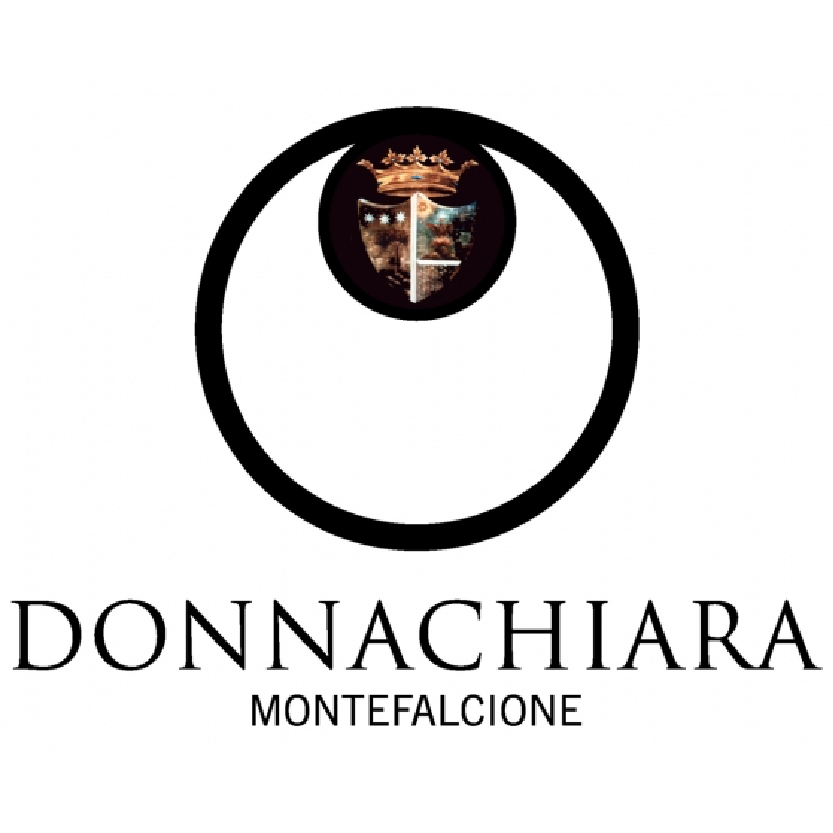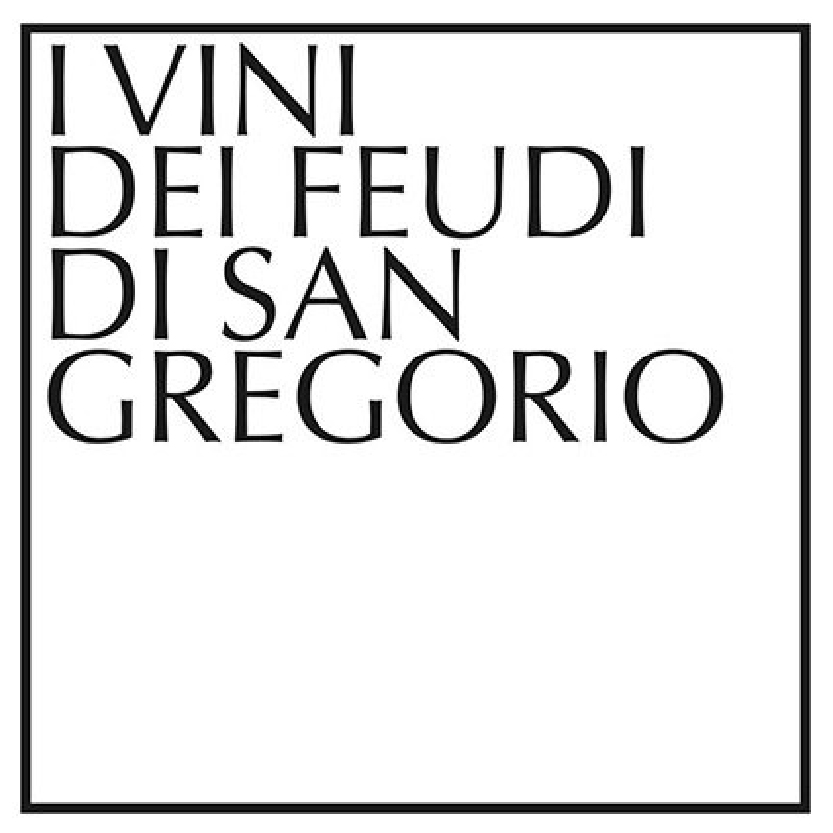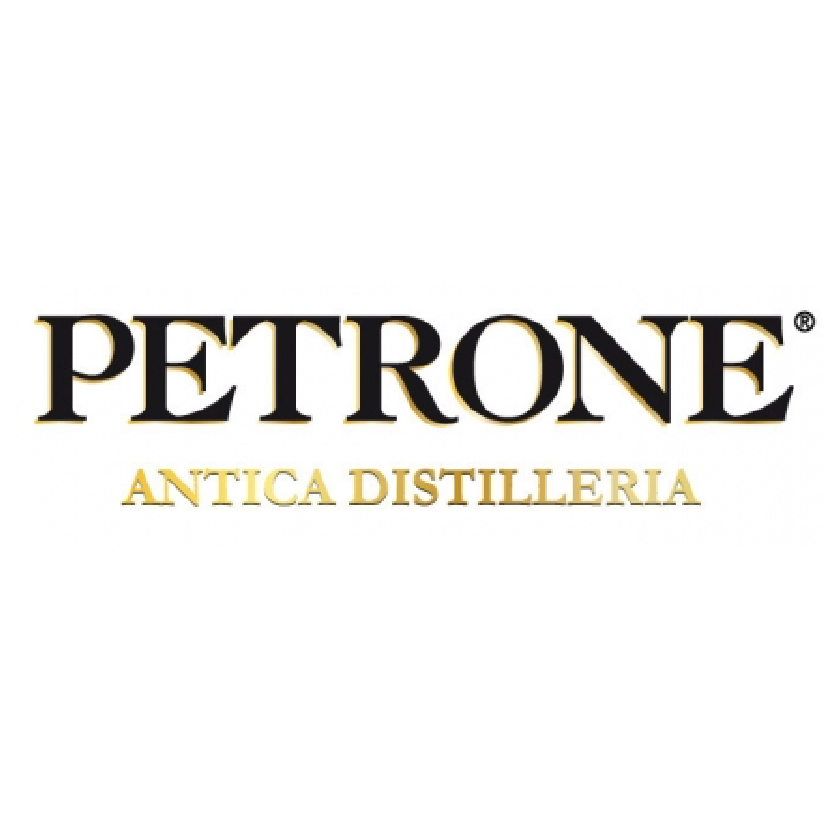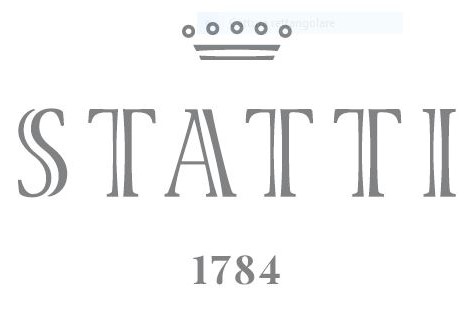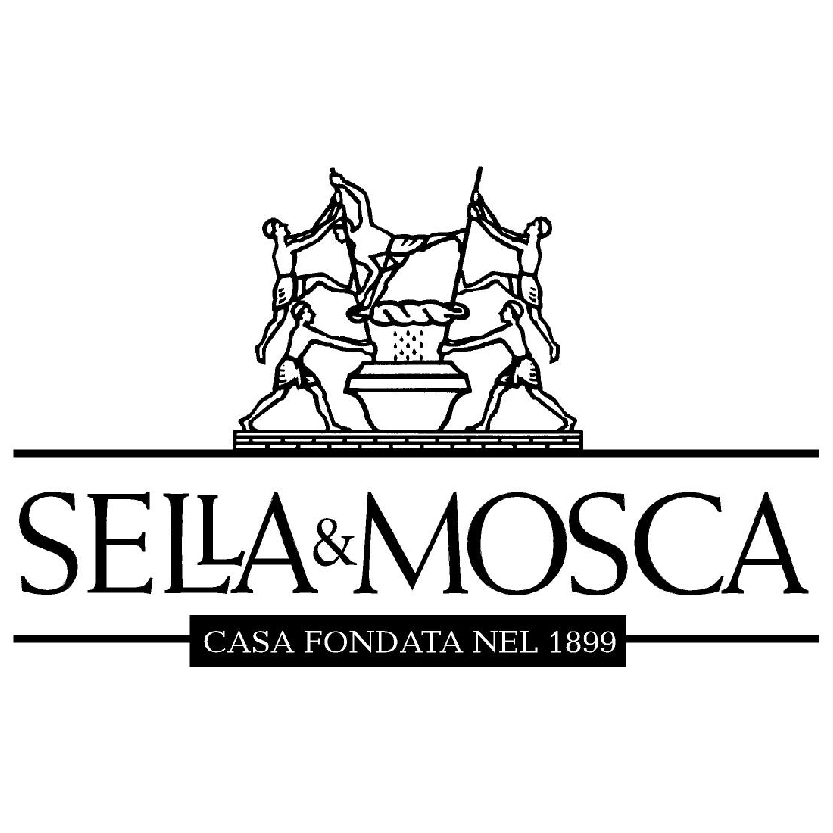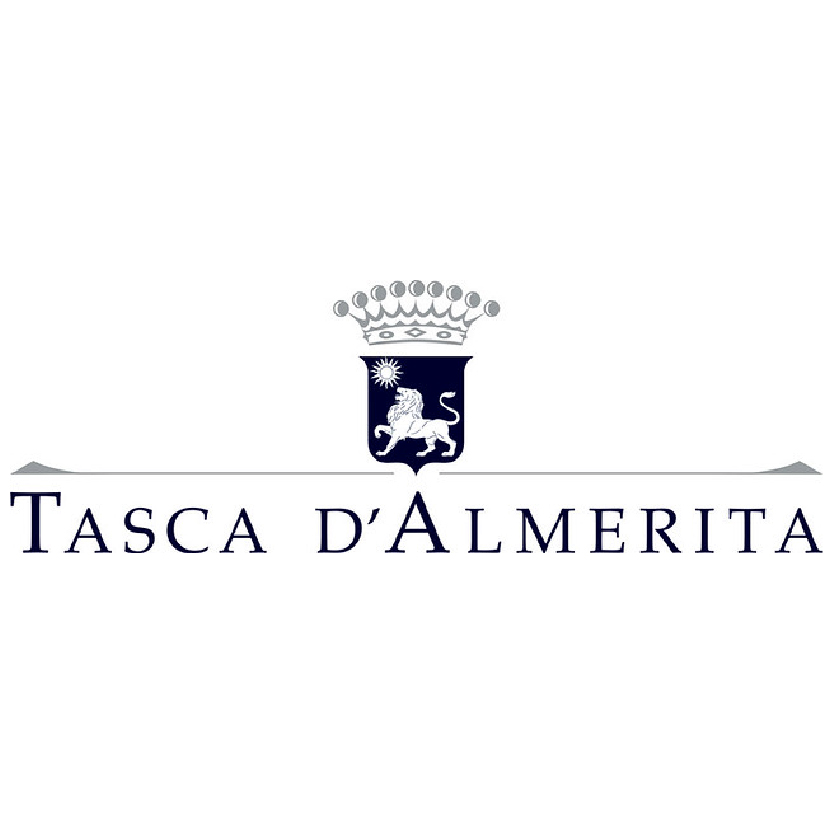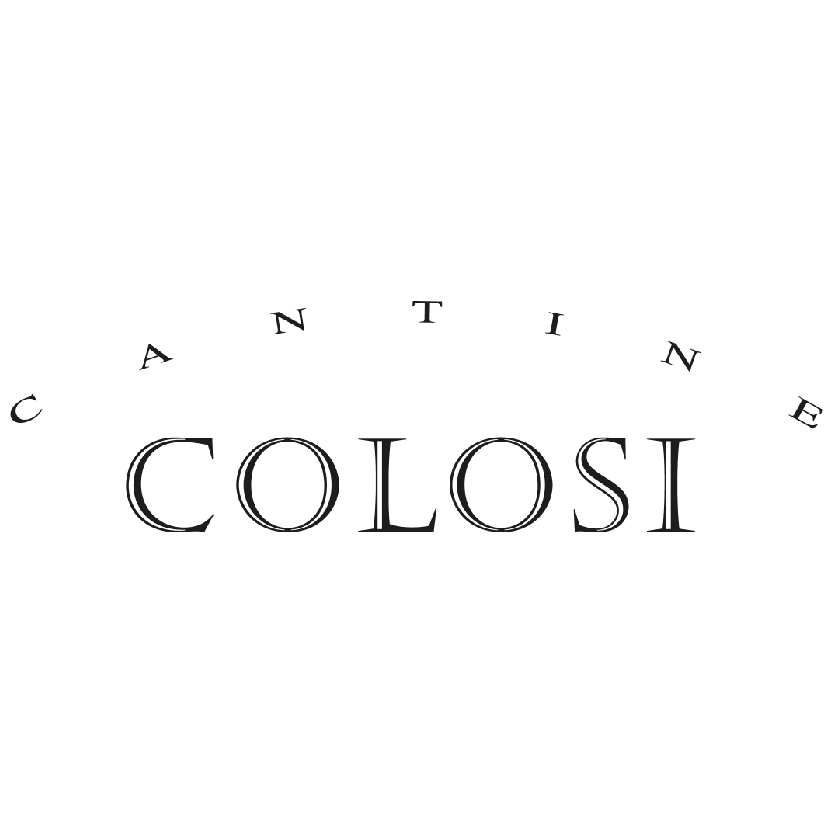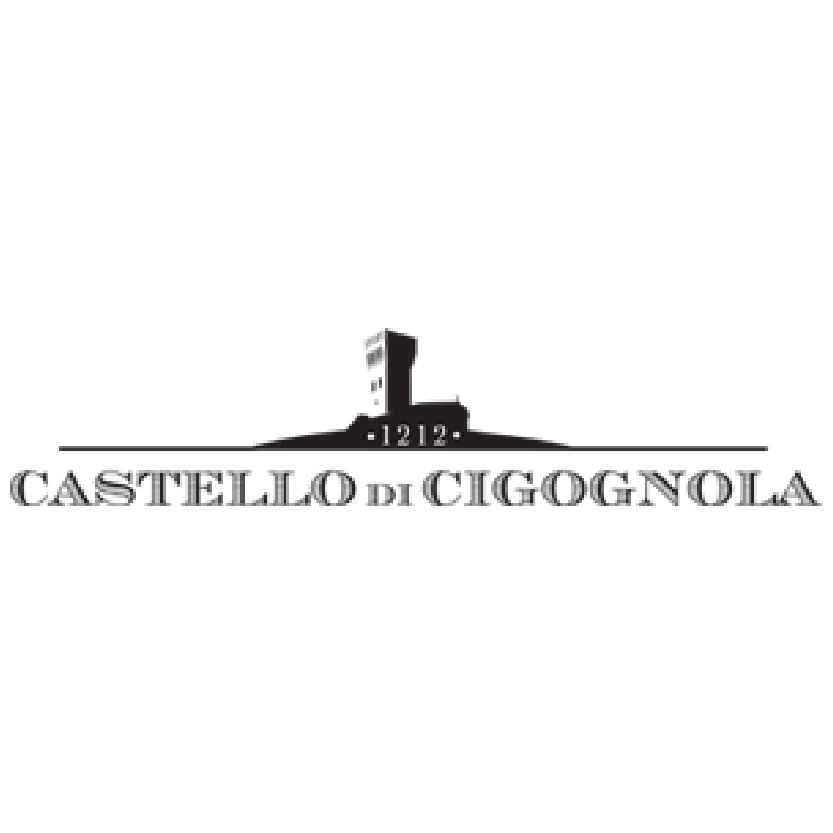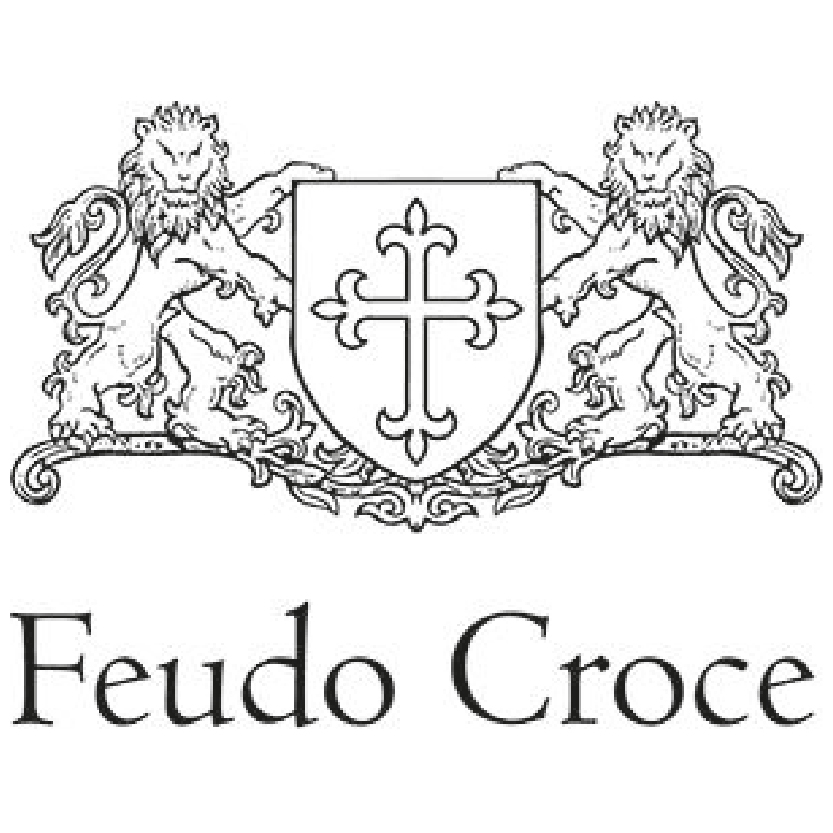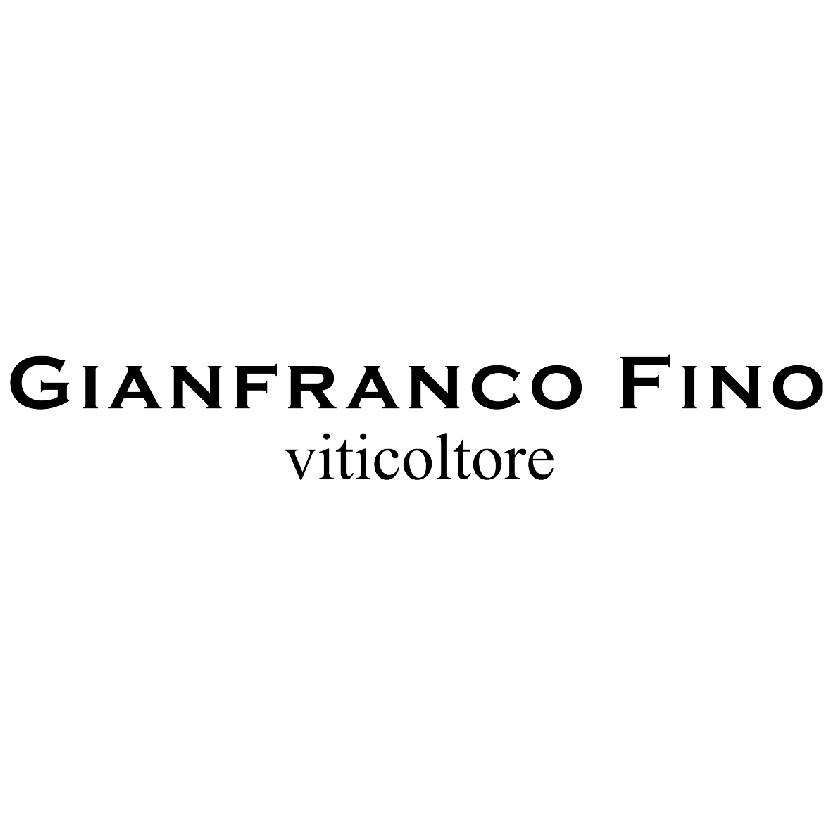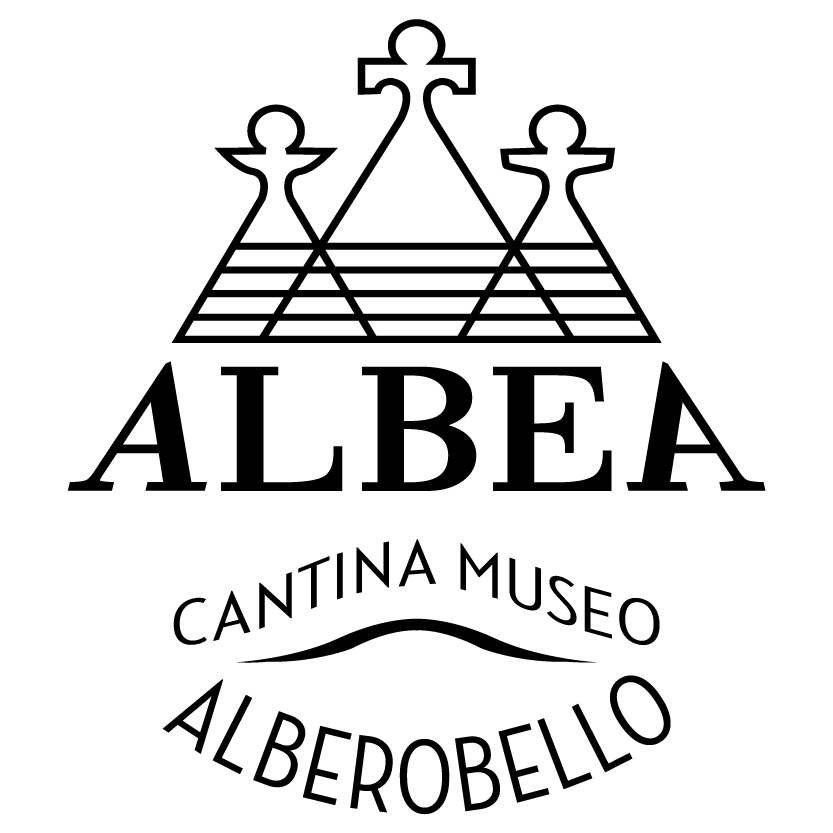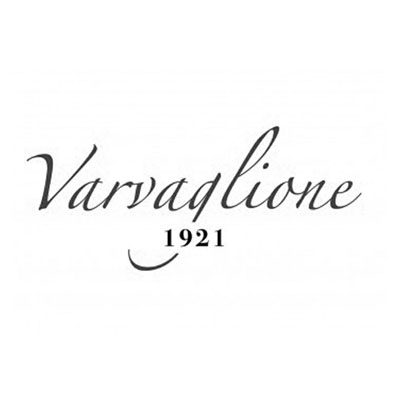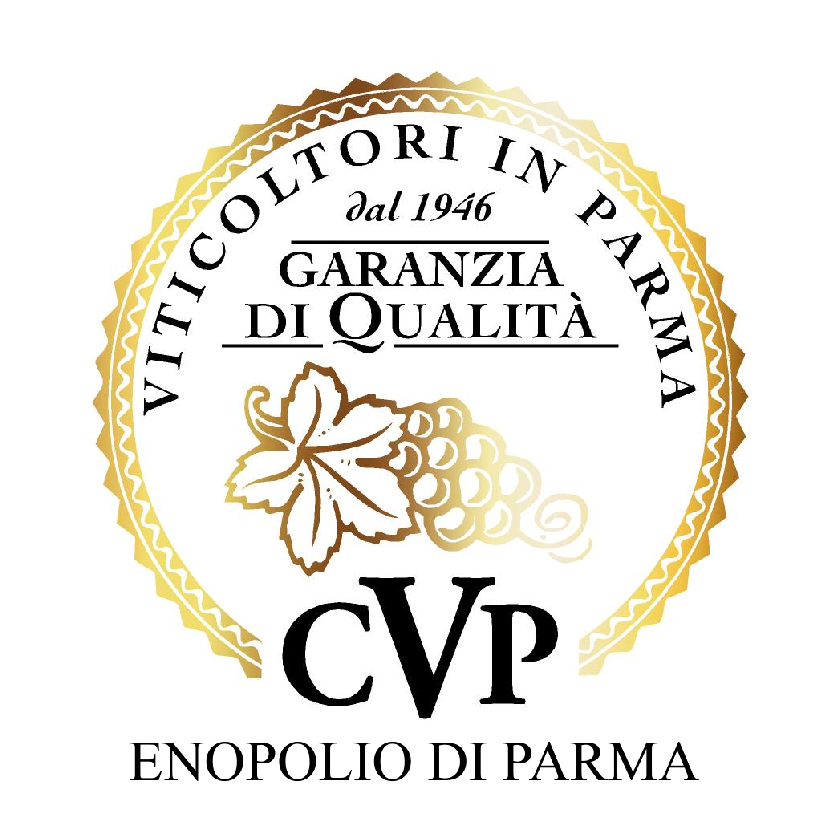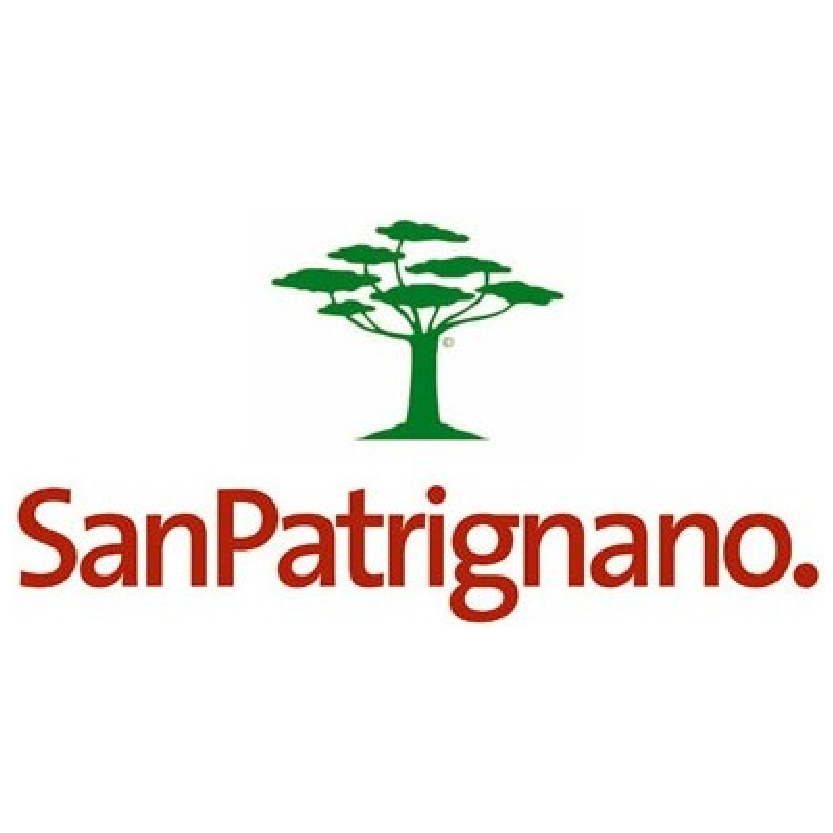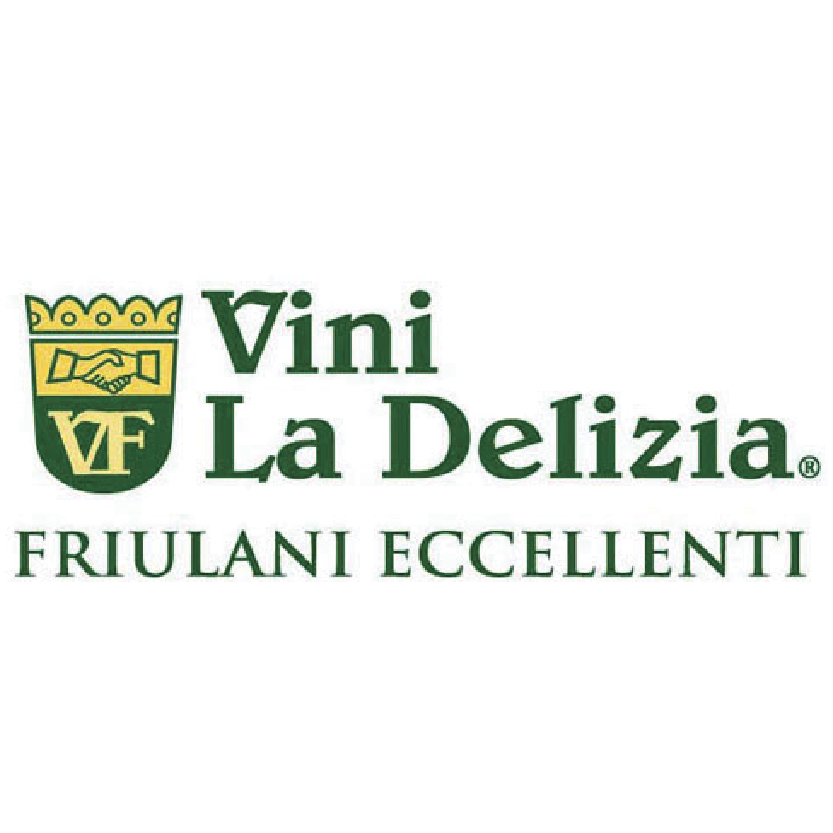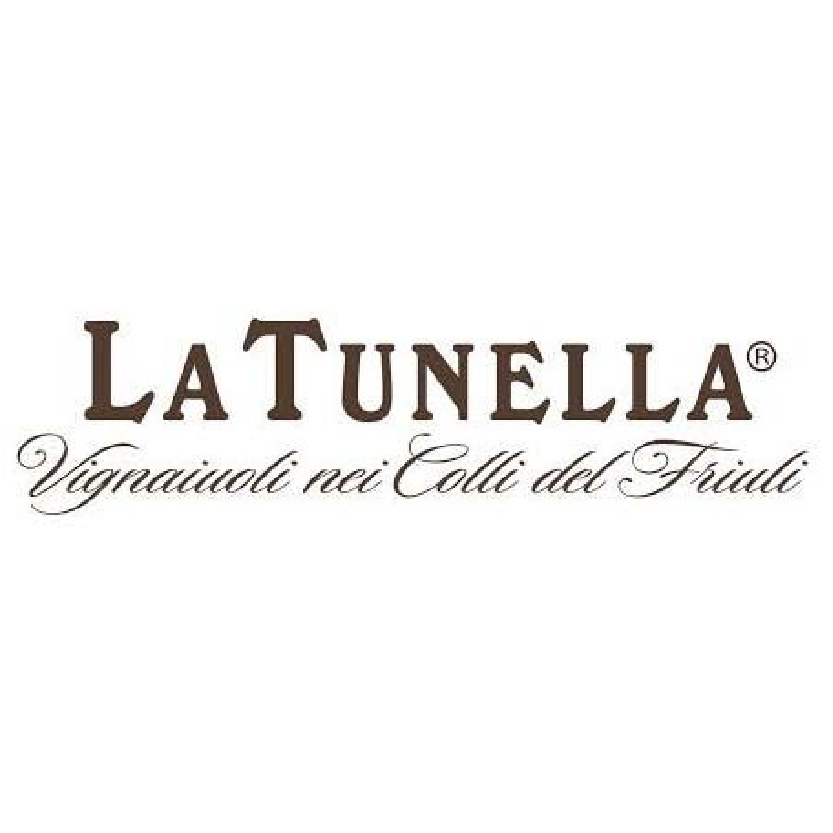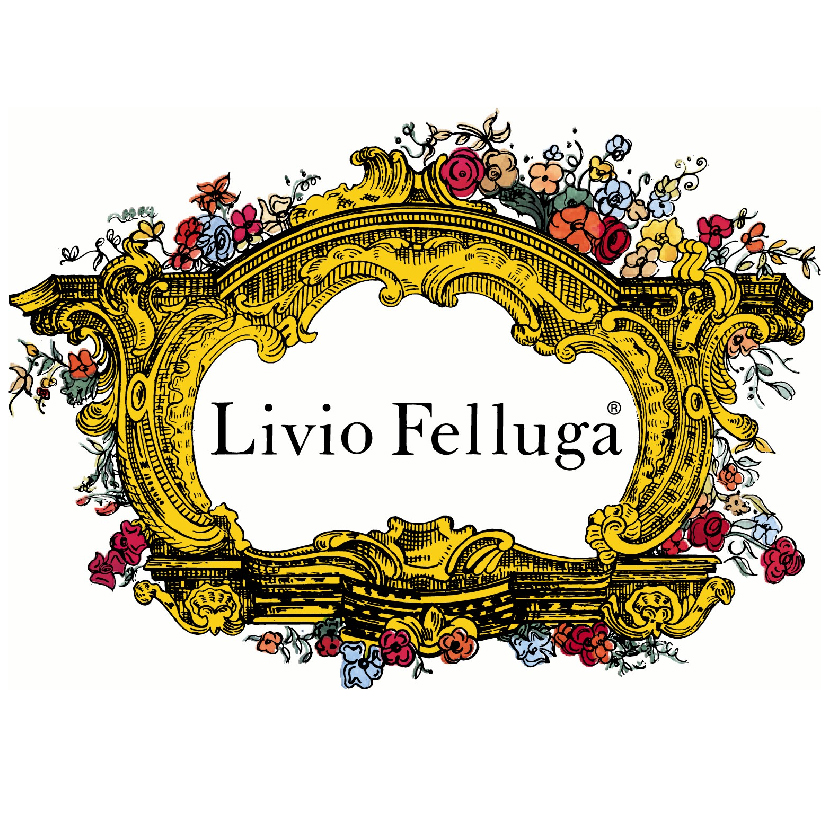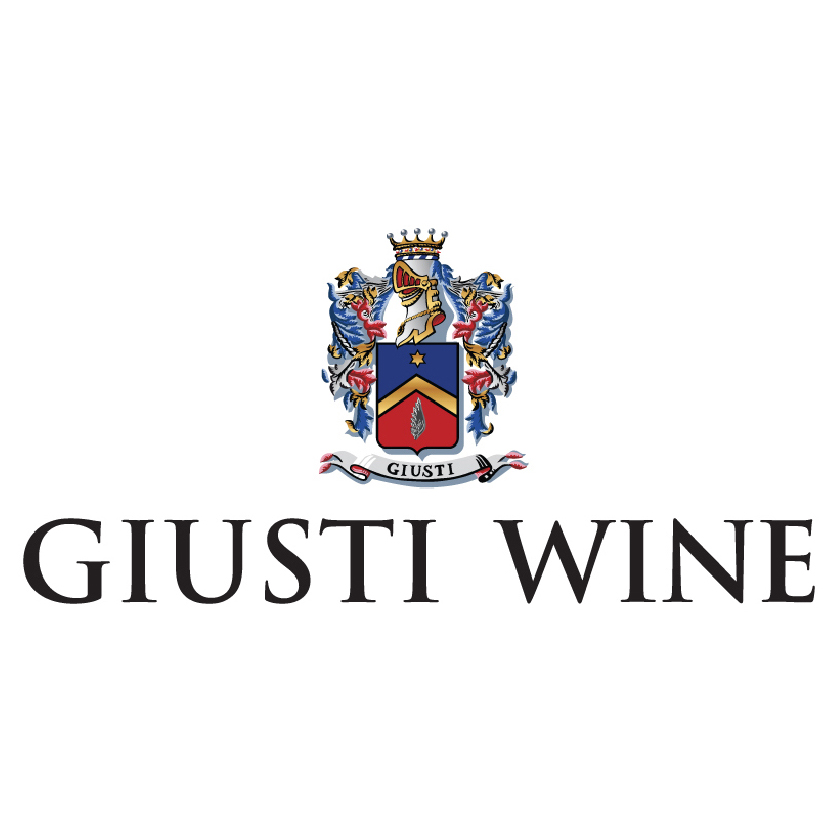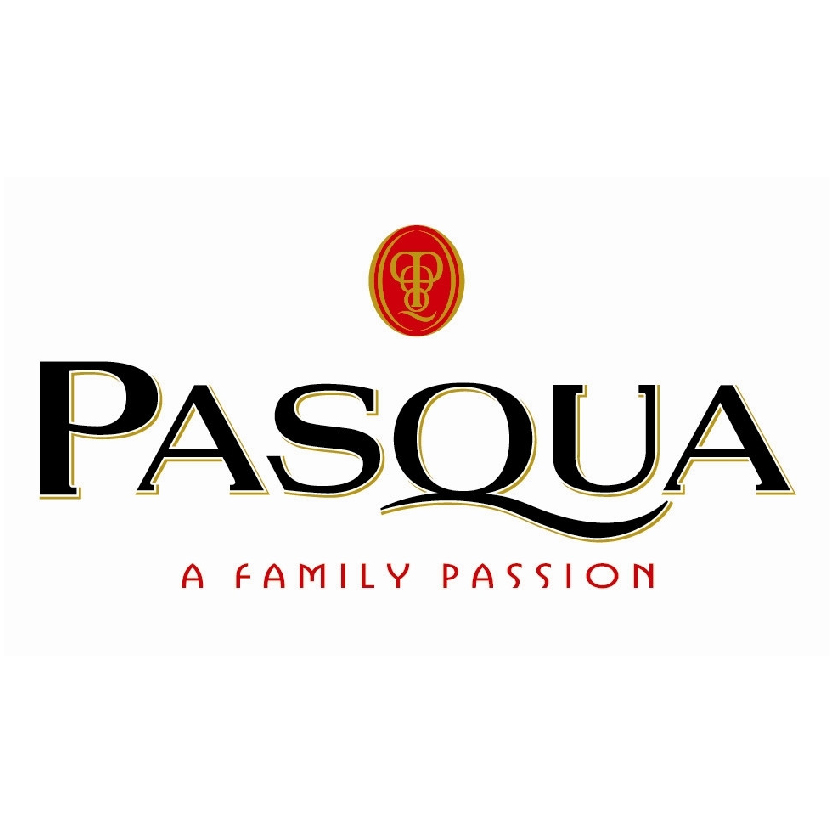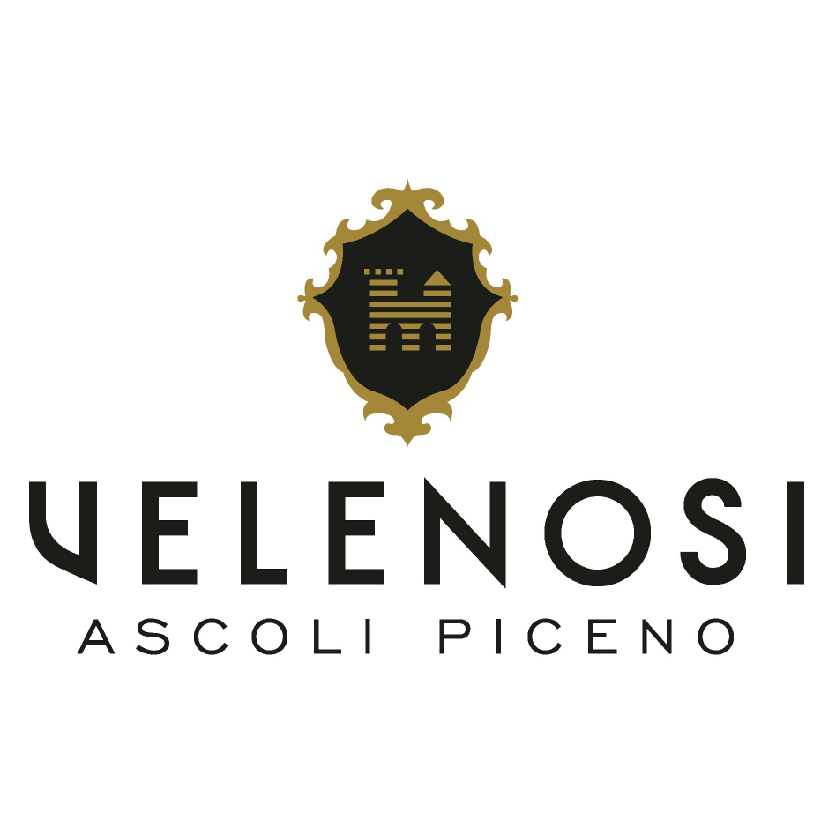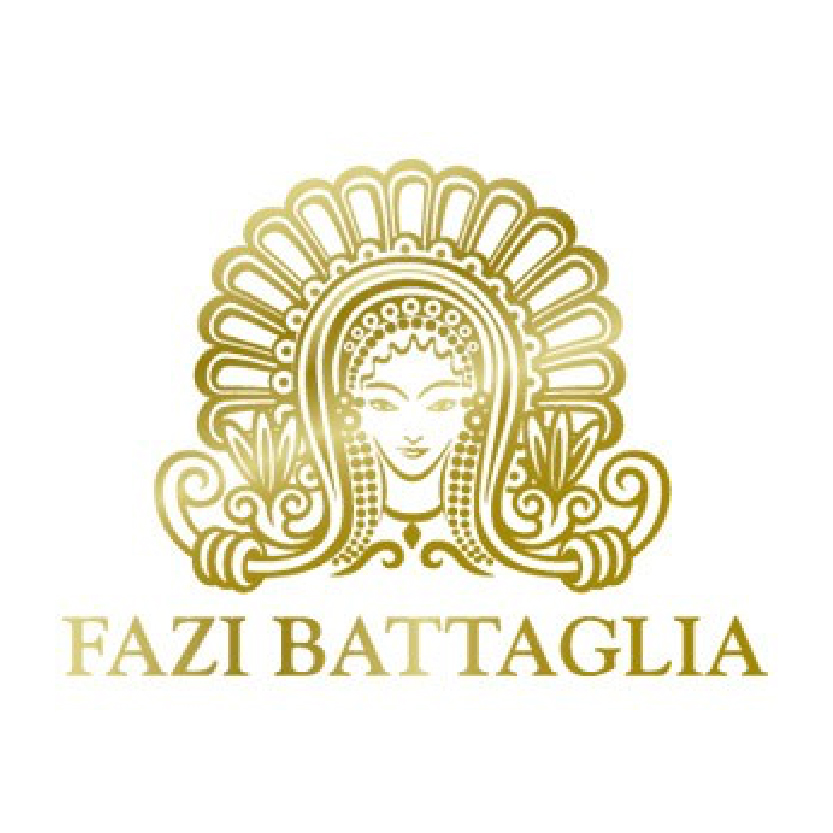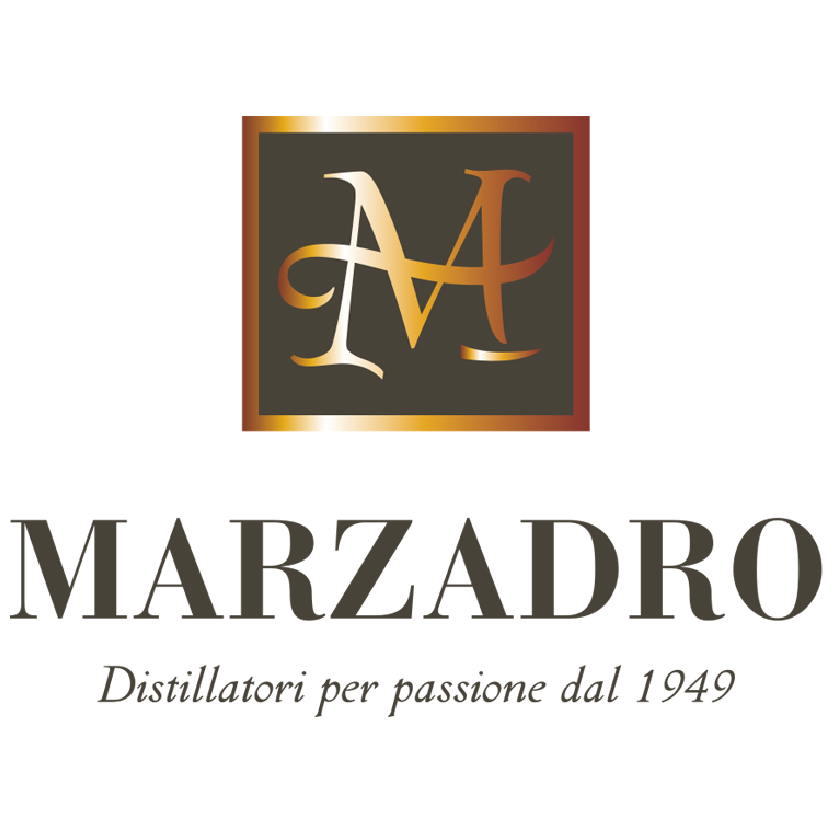EXPLORE ITALIAN WINE REGIONS
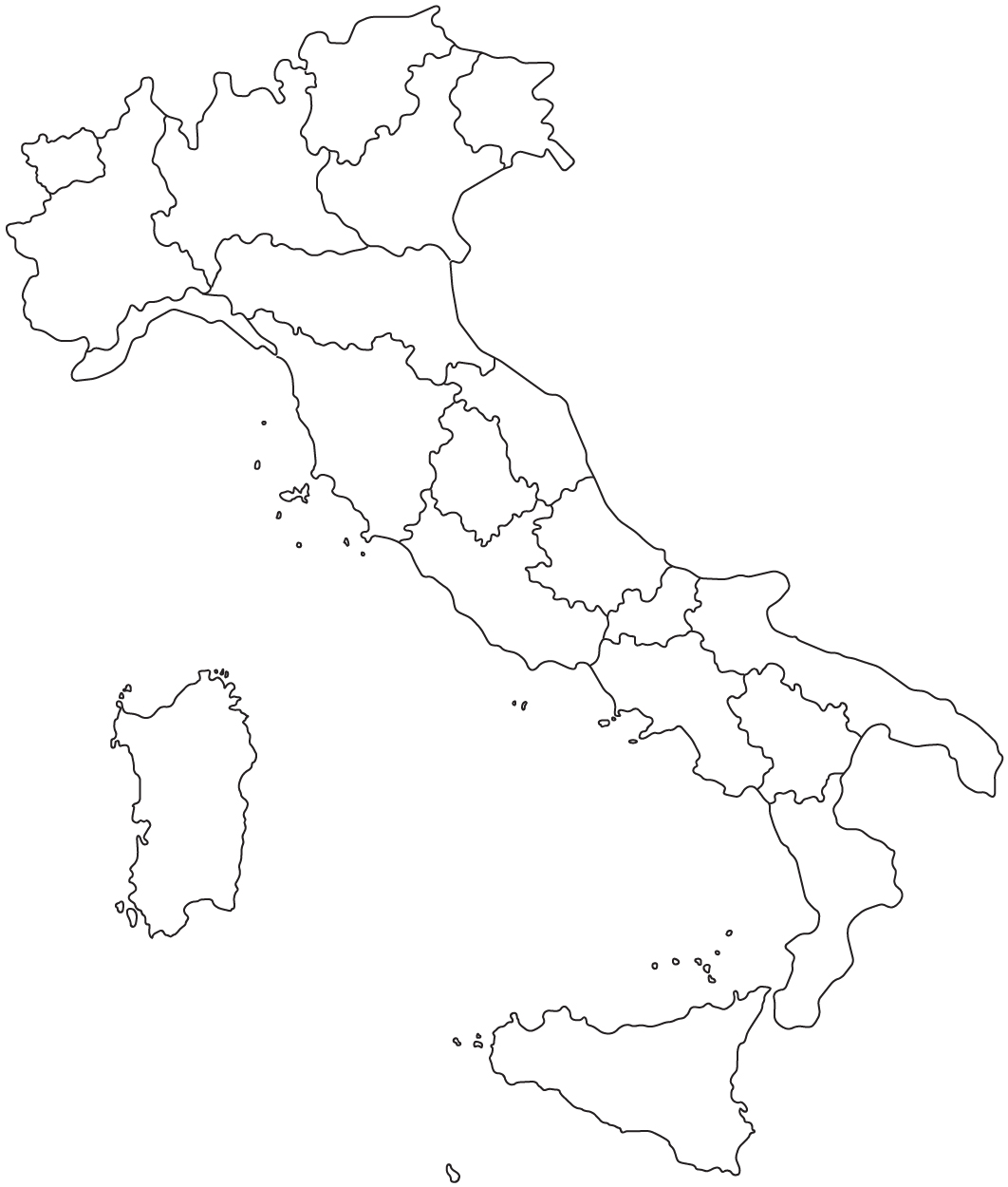
ABRUZZO
Abruzzo is a region of Southern Italy and it is divided into four provinces: L’Aquila, Teramo, Pescara, and Chieti. Its western border lies east of Rome. It borders the region of Marche to the north, Lazio to the west and south-west, Molise to the south-east, and the Adriatic Sea to the east. Geographically, Abruzzo is divided into a mountainous area in the west, which includes the Gran Sasso d’Italia, and a coastal area in the east with beaches on the Adriatic Sea. The most popular grape varieties of the area are the native red Montepulciano and white Trebbiano.
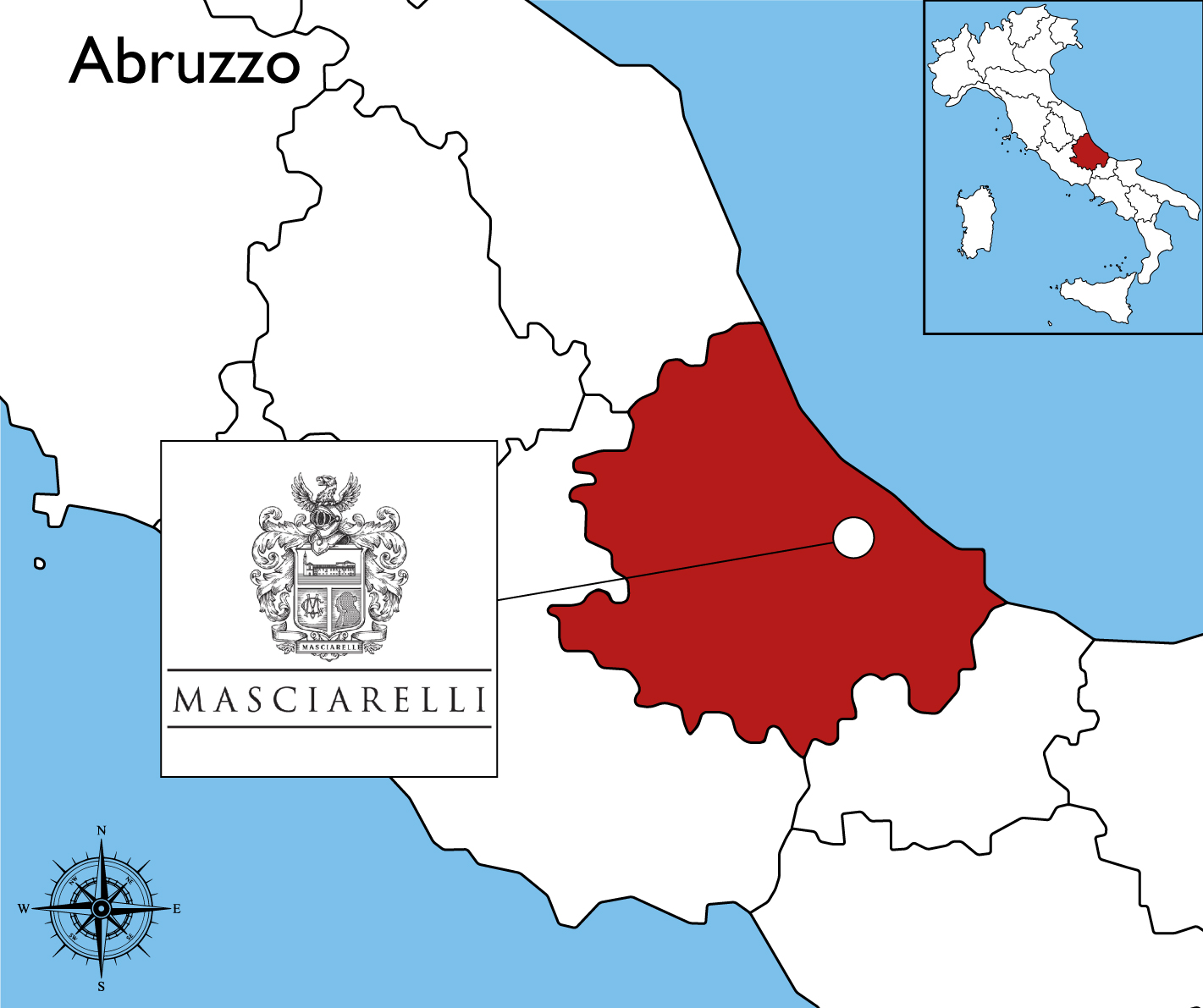
PIEMONTE / PIEDMONT
One of the world’s very finest wine regions, located in northwest Italy. It is the home of more DOCG wines than any other Italian region. The best-known wines from the region include Barolo and Barbaresco. They are made from the Nebbiolo grape. Famous for its austere, tannic, and floral red wines made from Nebbiolo, Piedmont’s triumph in the past decade has been sweet, white, sparkling Moscato d’Asti. The name Piedmont comes from medieval Latin Pedemontium or Pedemontis, meaning “at the foot of the mountains”.
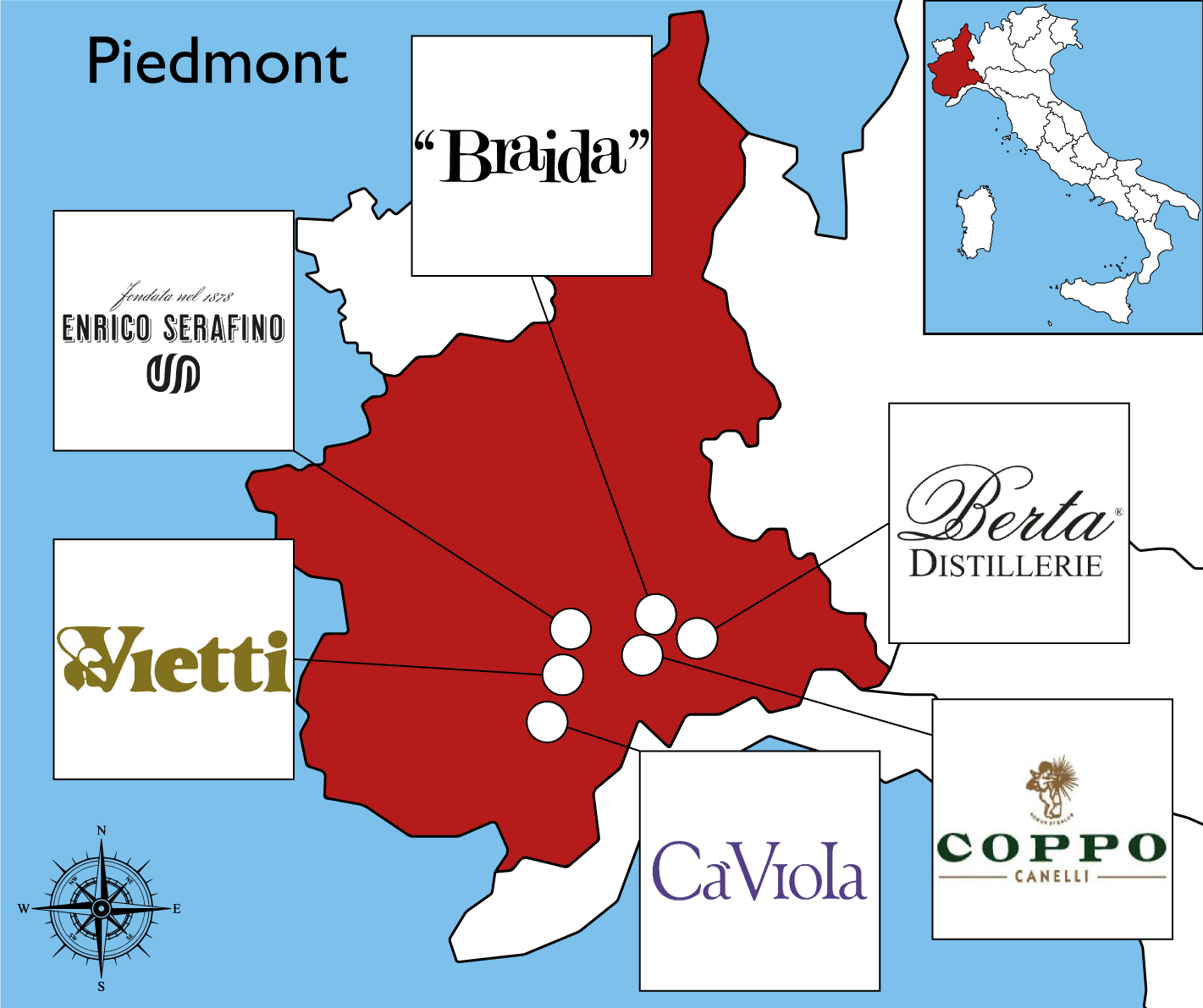
TOSCANA / TUSCANY
Tuscany is the most famous of all Italian wine regions, due to the romantic glamour of its limitless rolling hills, cypress-lined country roads and hilltop villages. Located in central Italy along the Tyrrhenian coast, Tuscany is home to some of the world’s most notable wine regions. Chianti, Brunello di Montalcino and Vino Nobile di Montepulciano are primarily made with Sangiovese grapes whereas the Vernaccia grape is the basis of the white Vernaccia di San Gimignano. Tuscany is also known for the dessert wine Vin Santo, made from a variety of the region’s grapes.
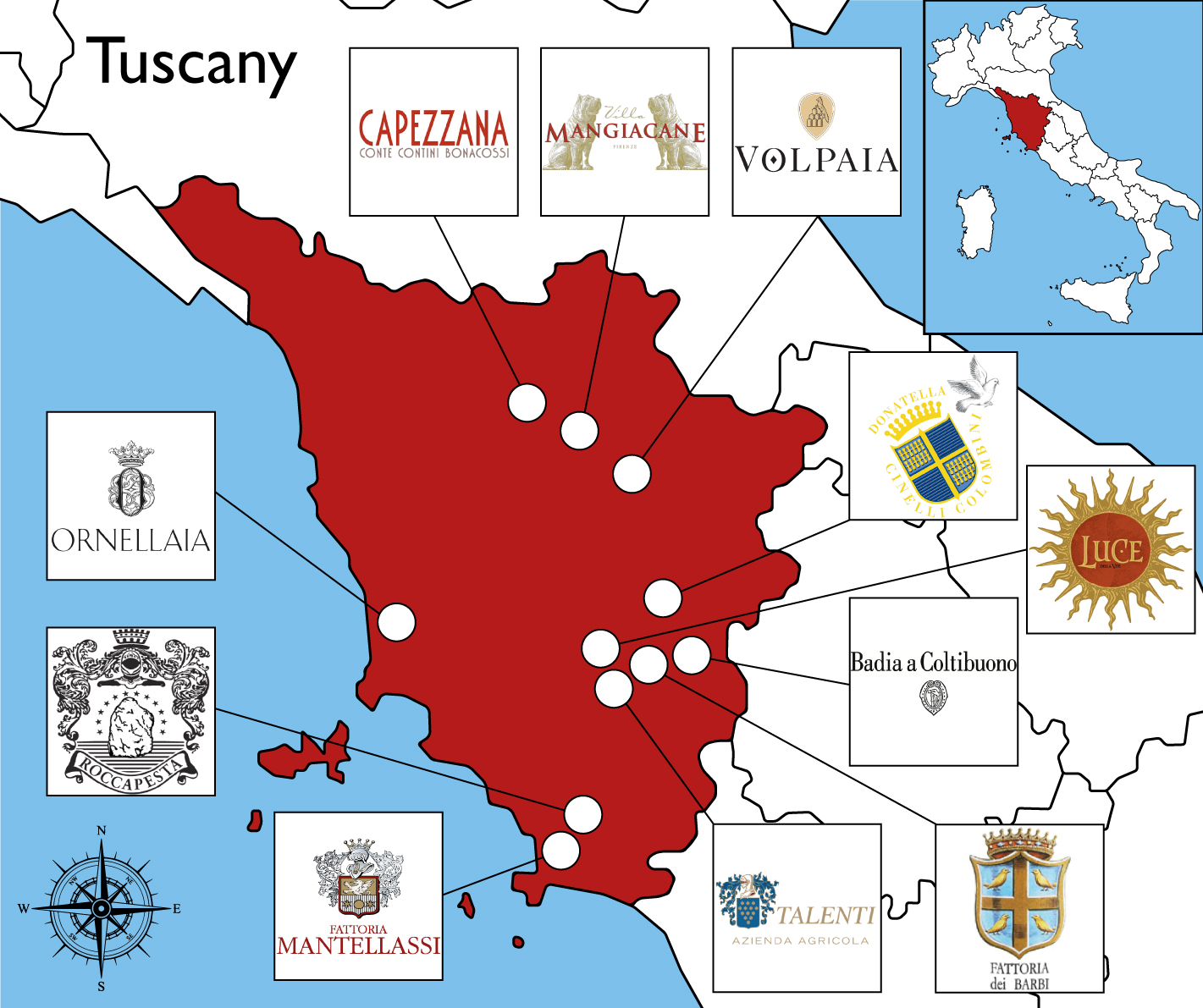
UMBRIA
Umbria is a region of central Italy. It includes Lake Trasimeno and Marmore Falls, and is crossed by the River Tiber. The regional capital is Perugia. Umbria is known for its landscapes, traditions, history, culinary delights, artistic legacy, and influence on culture. Umbria is best known for its white wine production. The Orvieto DOC (based on the Trebbiano grape variety) is the region’s largest appellation. Styles of Orveieto can vary from dry (Secco) through to semi-sweet (Amabile) and sweet wines.
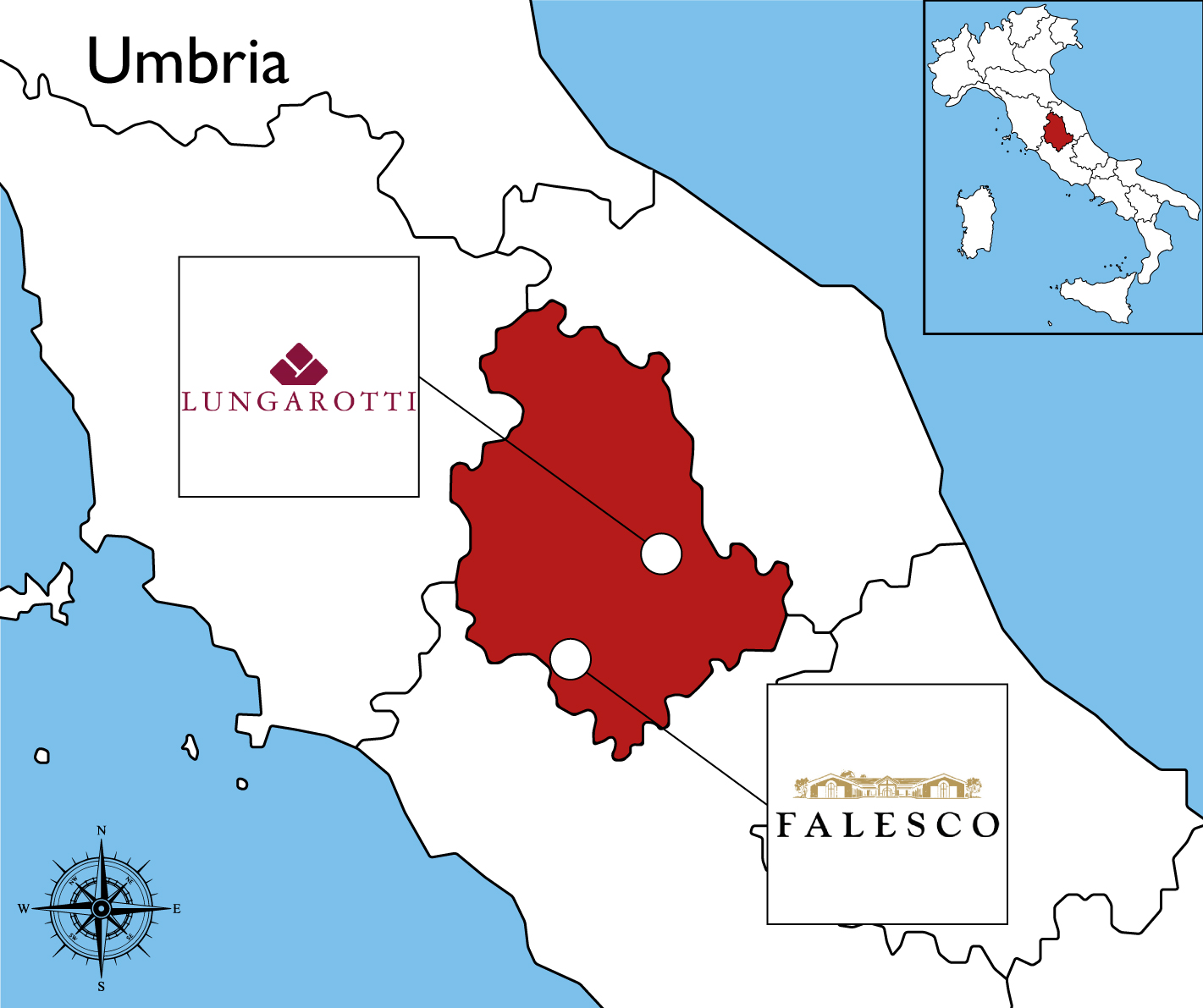
LAZIO
Situated in the central peninsular section of Italy and home to ancient capital city of Rome. The region is mainly flat, with small mountainous areas in the most eastern and southern districts. The volcanic hills provide a superb base for viticulture due to the fertile and porous land. Nourishment for the grapes is provided by lava and tufa soils, rich in potassium. This type of soil is particularly suited to white grapes as it ensures a good balance of acidity. Lazio’s reputation is mainly based on its white wines, the cornerstones being Trebbiano and Malvasia di Candia.
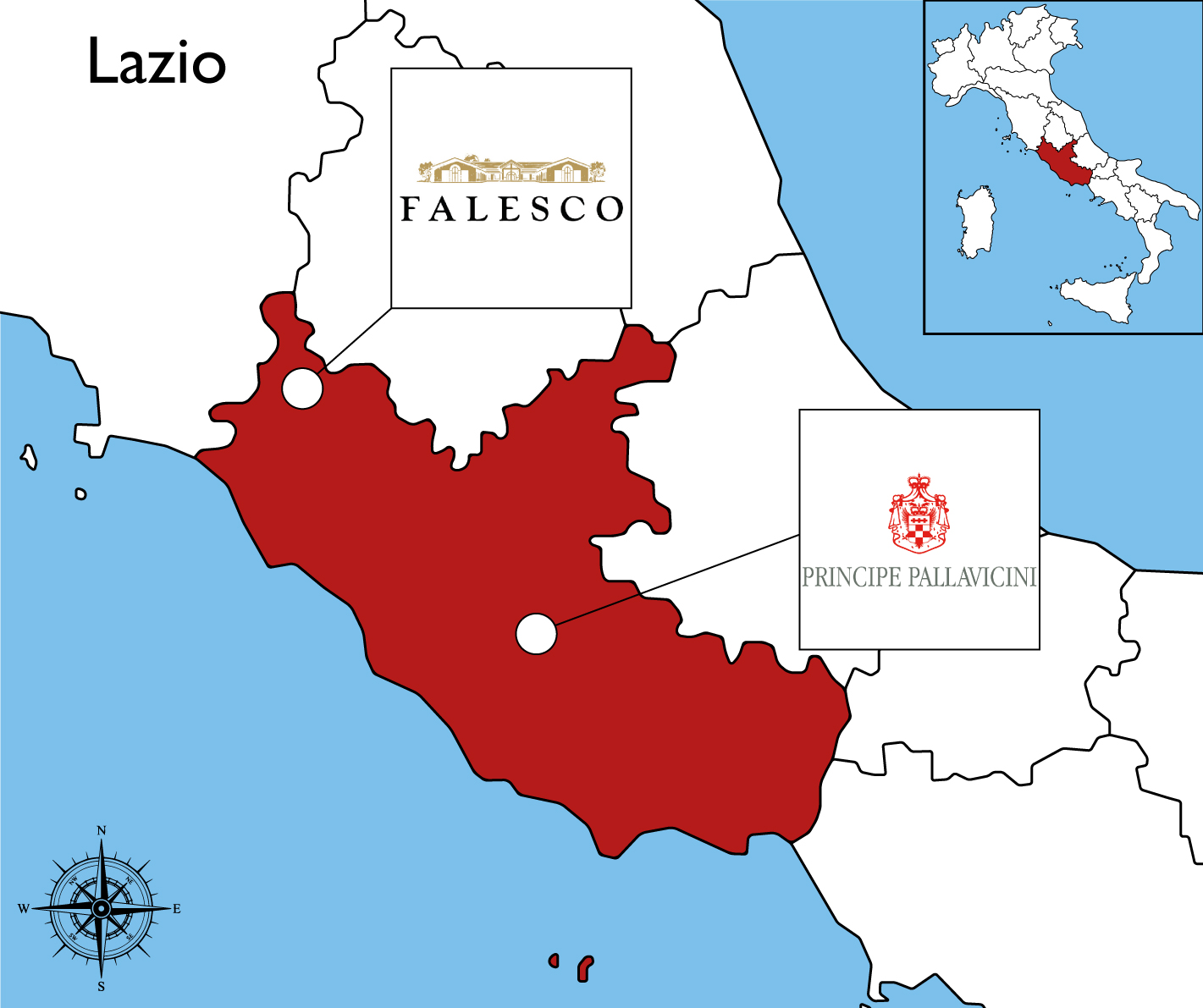
CAMPANIA
Located on the south-western portion of the Italian Peninsula, with the Tyrrhenian Sea to the west, it includes the small Phlegraean Islands and Capri for administration as part of the region. The region has strong historical links to wine and vine and is one of Italy’s very oldest wine regions. Campania is home to a spectacular array of grape varieties, some of which are rarely found elsewhere. Its most important variety is debatably Aglianico, the grape behind the Campania’s two most famous and acclaimed red wines: Taurasi and Aglianico del Taburno. The climate is typically Mediterranean along the coast, whereas in the inner zones it is more continental, with low temperatures in winter.
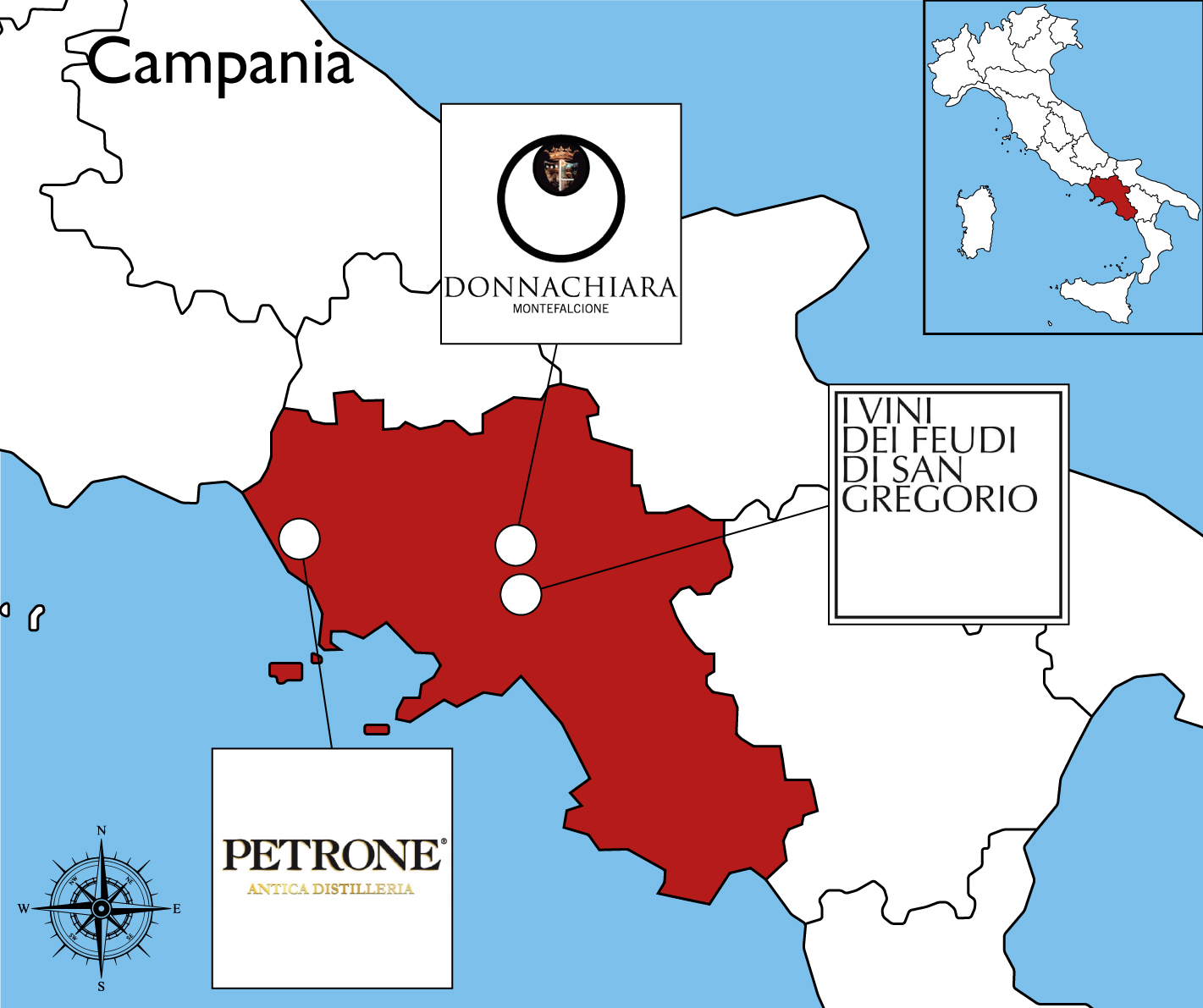
CALABRIA
Located on the south-western portion of the Italian Peninsula, with the Tyrrhenian Sea to the west, it includes the small Phlegraean Islands and Capri for administration as part of the region. The region has strong historical links to wine and vine and is one of Italy’s very oldest wine regions. Campania is home to a spectacular array of grape varieties, some of which are rarely found elsewhere. Its most important variety is debatably Aglianico, the grape behind the Campania’s two most famous and acclaimed red wines: Taurasi and Aglianico del Taburno. The climate is typically Mediterranean along the coast, whereas in the inner zones it is more continental, with low temperatures in winter.
SARDEGNA / SARDINIA
Sardinia is the second-largest island in the Mediterranean Sea. It is located west of the Italian Peninsula and to the immediate south of the French island of Corsica. The portfolio of varieties planted in Sardinian vineyards bears little resemblance to those in any other Italian wine region. One finds varieties of French and Spanish origin, exemplified by Grenache (called Cannonau here), Carignan (and its distinct clonal variants Bovale di Spagna and Bovale Grande) and Cabernet Sauvignon, in this island’s vineyards.
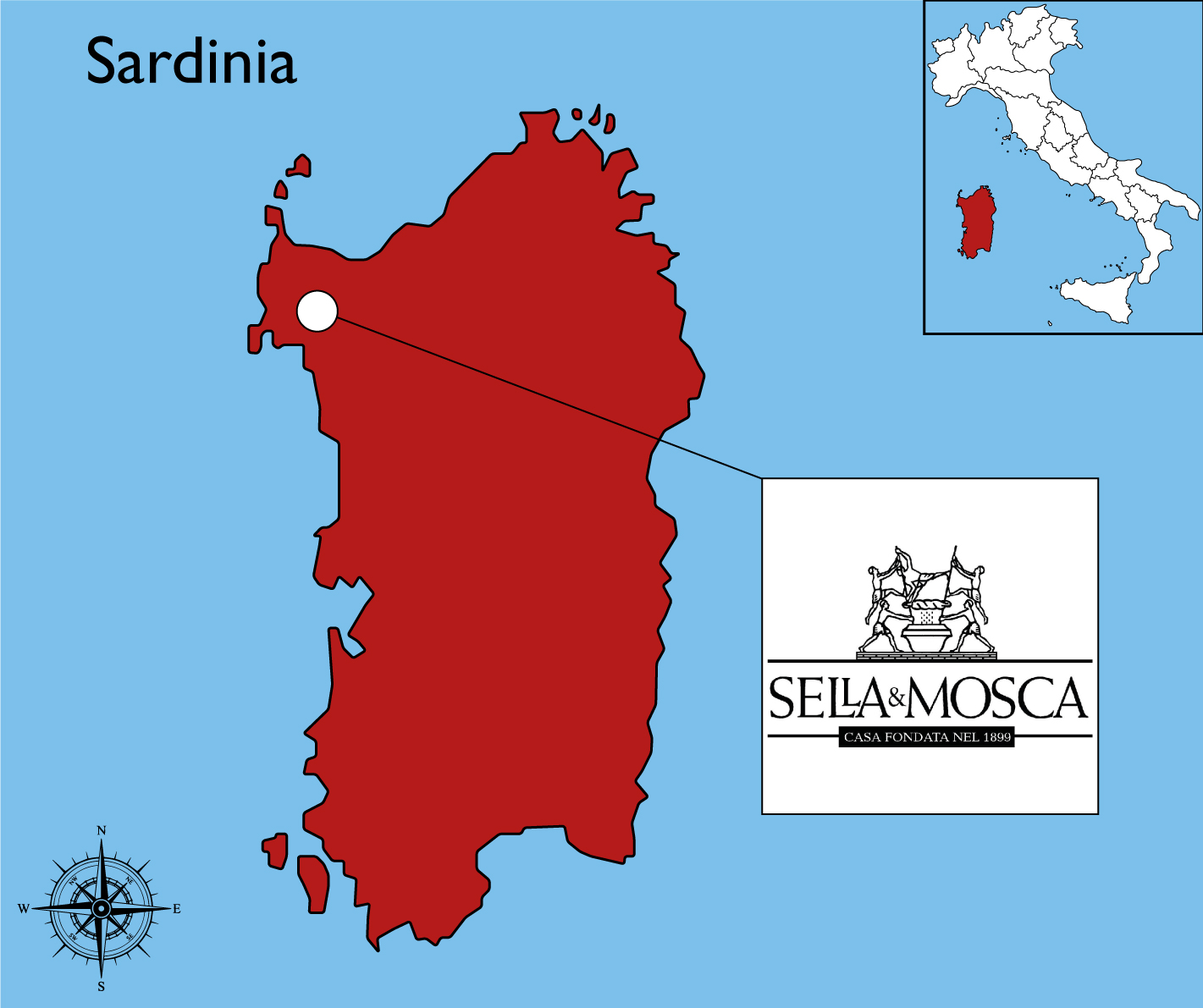
SICILIA / SICILY
Italy’s southernmost region, and the largest island in the Mediterranean Sea. Sicily is located in the central Mediterranean Sea, south of the Italian Peninsula, from which it is separated by the narrow Strait of Messina. Its most notable landmark is Mount Etna, the tallest active volcano in Europe and one of the most active in the world. Once well known for sweet Muscats and later fortified Marsala, the island’s best known wines are now its dry table wines produced under the regional IGT title, Terre Siciliane.
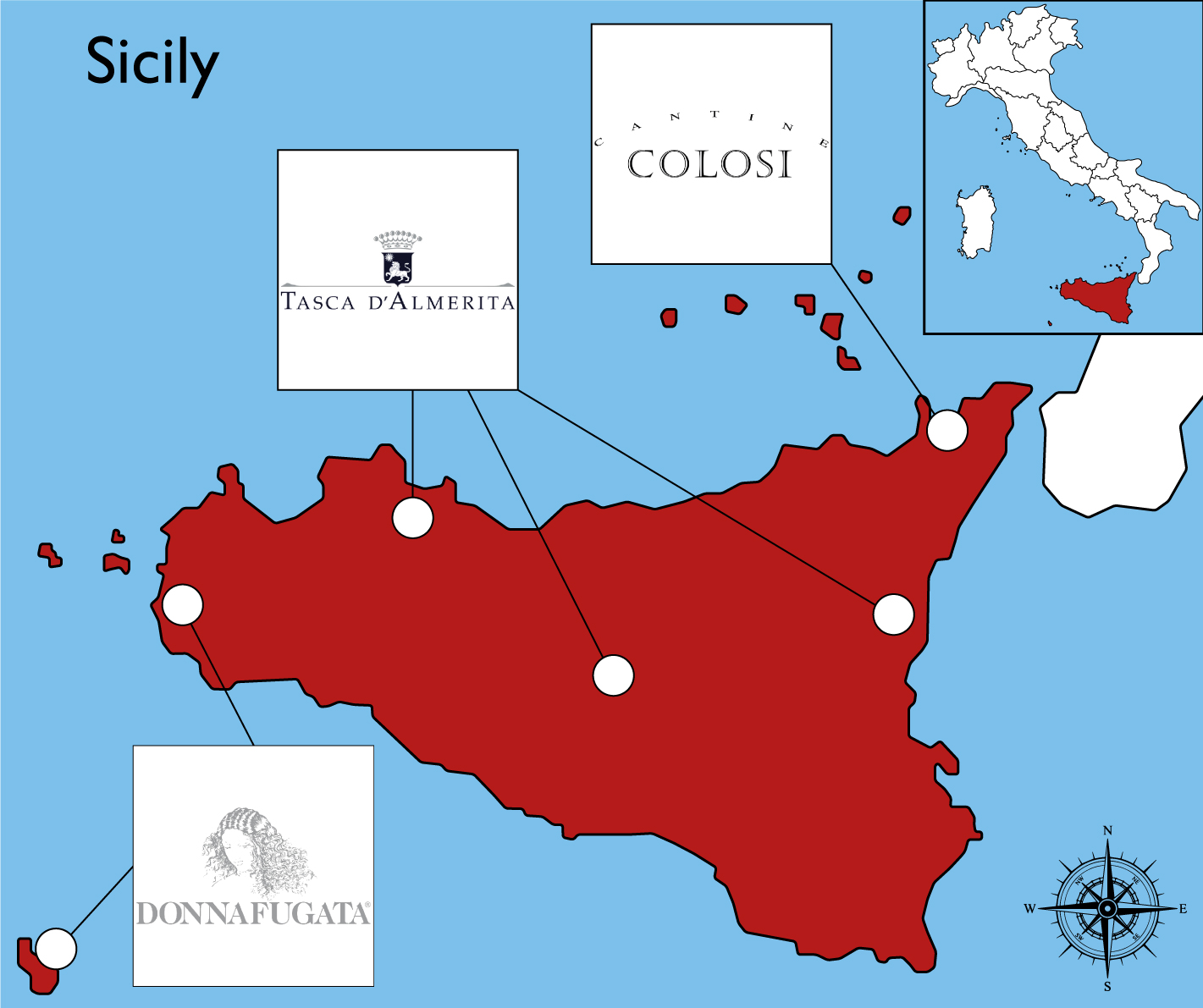
LOMBARDIA / LOMBARDY
Lombardy is the fourth-largest region of Italy. Located at the heart of northern Italy, Lombardy is bordered by Piedmont to the west, Emilia-Romagna to the south and Veneto to the west. To the north are the mighty Central Alps, and the Swiss region of Ticino. The region is known particularly for its sparkling wines made in the Franciacorta and Oltrepò Pavese areas. Lombardy also produces still red, white and rosé wines made from a variety of local and international grapes including Nebbiolo wines in the Valtellina region, Trebbiano di Lugana white wines produced with the Chiaretto style rosé along the shores of Lake Garda.
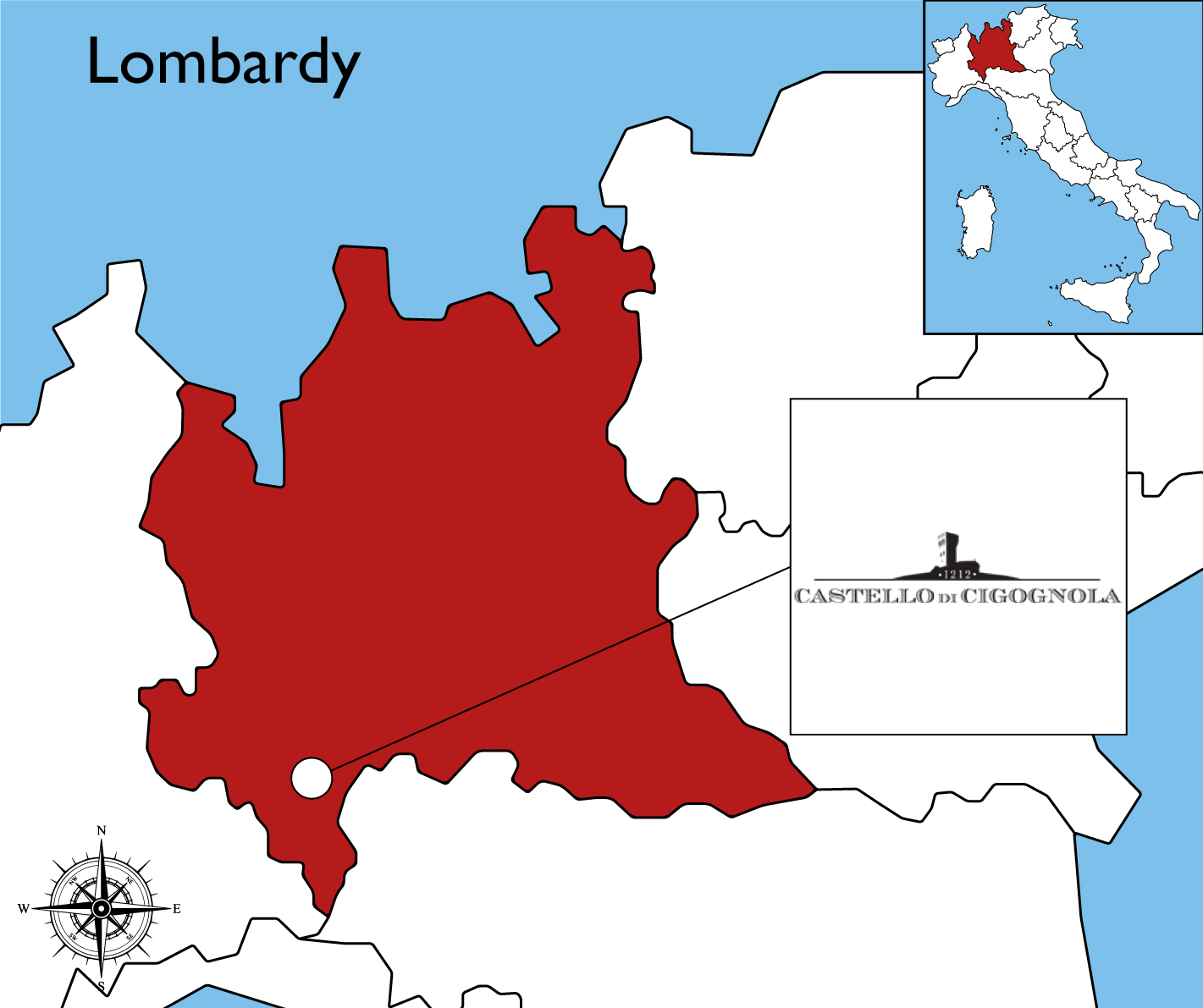
PUGLIA
Puglia is a region in Southern Italy bordering the Adriatic Sea to the east, the Ionian Sea to the southeast, and the Strait of Otranto and Gulf of Taranto to the south. The wines are made from grape varieties almost unique to the area, while in the north the prevalent grapes are those used all over central and northern Italy, such as Sangiovese and Montepulciano. The full-blooded Puglian grapes are Negroamaro and Primitivo, while Verdeca is the only notable example among the whites in this hot, red-dominated region.
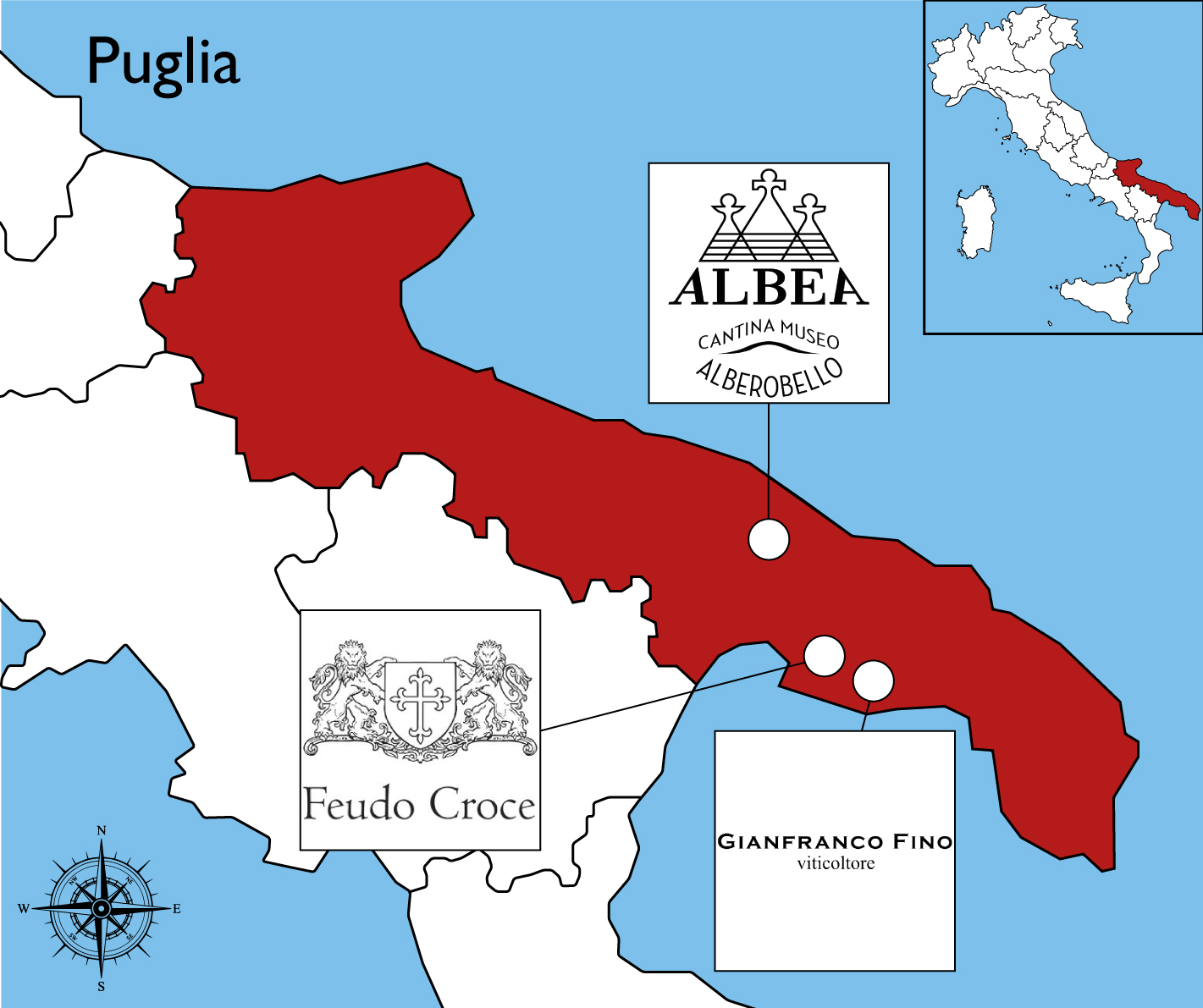
EMILIA-ROMAGNA
A a rich, fertile region of Northeast Italy comprising the historical regions of Emilia and Romagna. Its capital is Bologna. It’s viticultural heritage dates back to the seventh century BC, ranking it among the older of Italy’s wine regions. Emilia-Romagna’s wine production is divided evenly between whites and reds, the dominant vine varieties being Malvasia and Lambrusco (both in their various forms), Trebbiano, Barbera, Bonarda and of course Sangiovese.
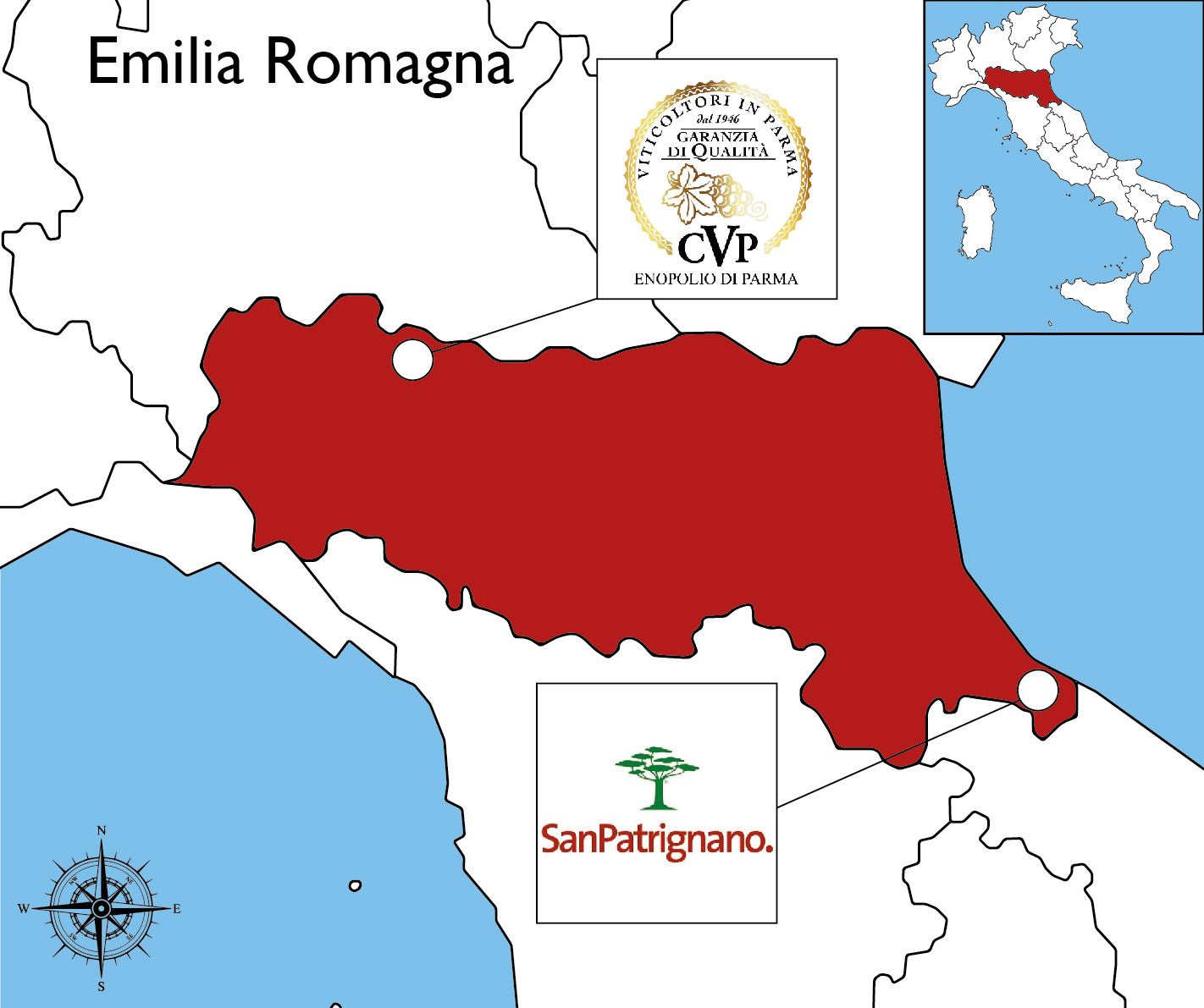
FRIULI-VENEZIA GIULIA
Friuli-Venezia Giulia is a wine region in the far north-eastern corner of Italy. Its landscape is characterised by coastal flatlands, mountains and plateaux. The region borders with Austria and Slovenia (to the north and east respectively), which follow the contours of the eastern Alps. Once part of the Venetian Republic and with sections under the influence of the Austro-Hungarian Empire for some time, the wines of the region have noticeable Slavic and Germanic influences. The region’s wines stand out from other Italian wines: they are made using mostly non-traditional grape varieties such as Sauvignon Blanc, Riesling and Pinot Bianco, but also some typical Italian grapes such as Pinot Grigio and the region’s own Picolit.
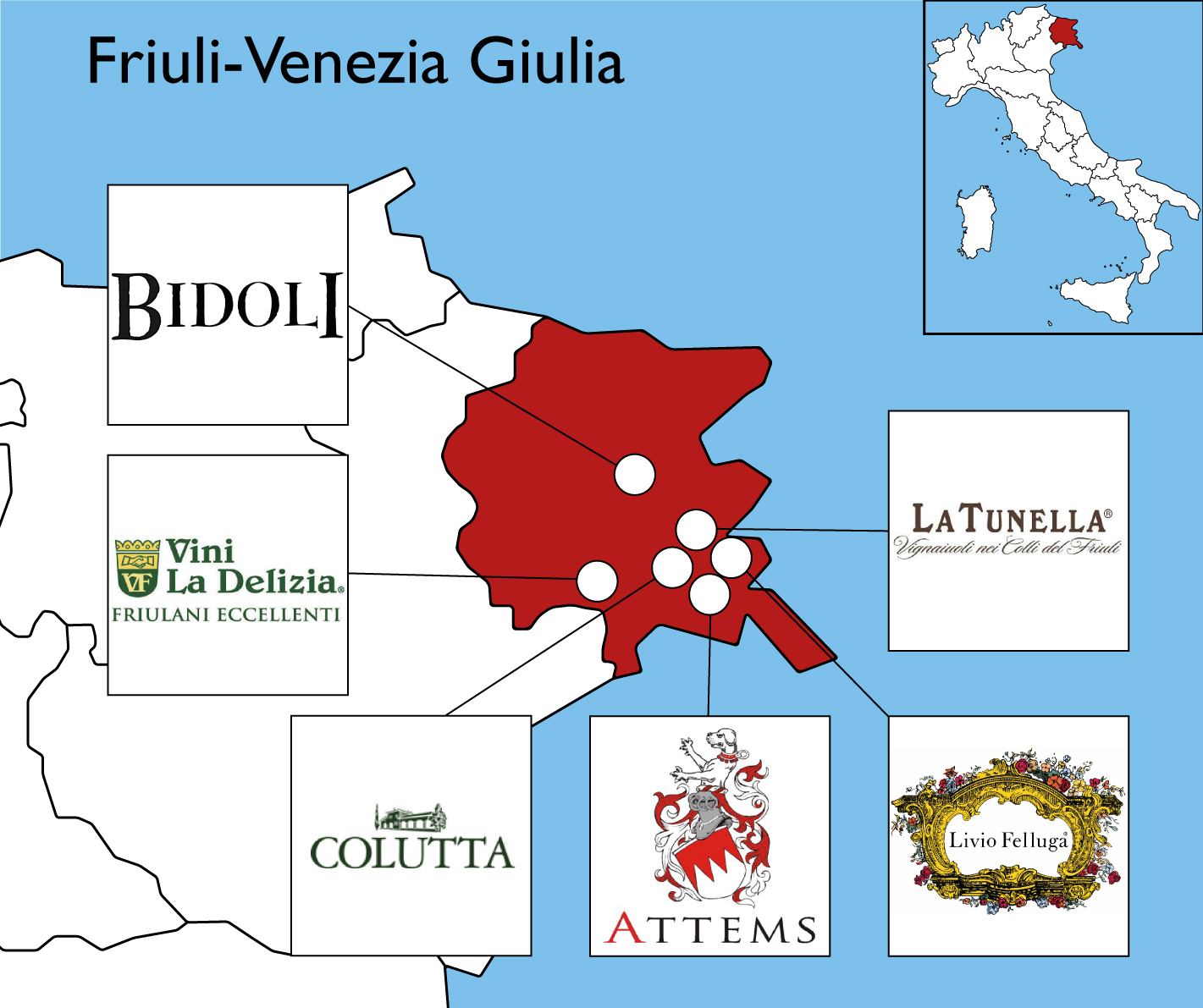
VENETO
Veneto is located in the north-eastern part of Italy and is bordered to the east by Friuli-Venezia Giulia, to the south by Emilia-Romagna, to the west by Lombardy and to the north by Trentino-Alto Adige/Südtirol. In its northernmost corner it also borders Austria. Veneto boasts an intimidating portfolio of red wines; fruity red Valpolicella complementing its intense Amarone and sweet Recioto counterparts as well as its refreshing whites, such as Soave and sparkling Prosecco.
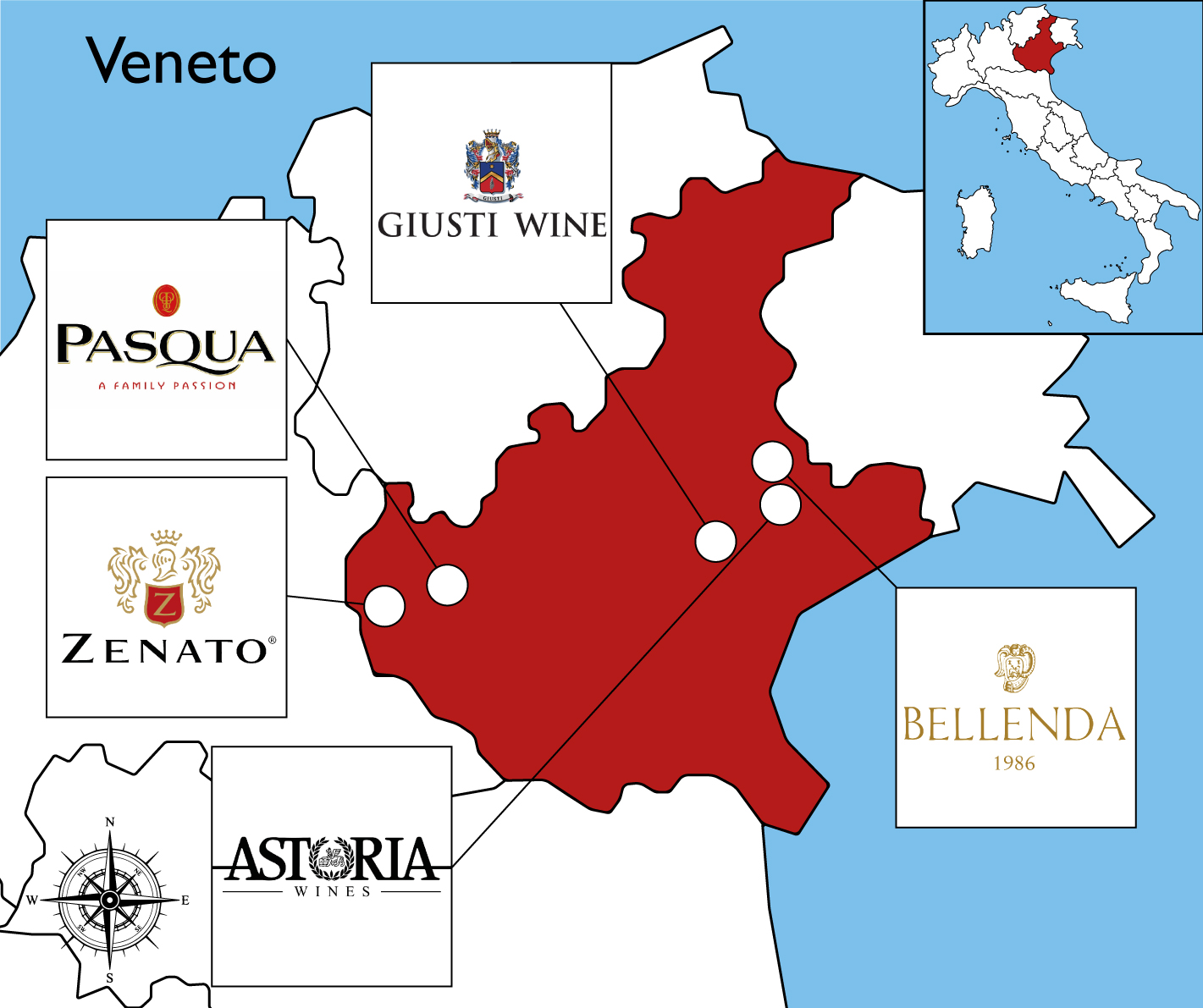
MARCHE
The region is located in the Central area of the country, bordered by Emilia-Romagna and the republic of San Marino to the north, Tuscany to the west, Umbria to the southwest, Abruzzo and Lazio to the south and the Adriatic Sea to the east. Except for river valleys and the often very narrow coastal strip, the land is hilly. It is associated with white wines from the Trebbiano and Verdicchio grape varieties. Marche has a number of terroirs very well suited to the cultivation of vines, such as the rolling coastal hills around Ancona. Calcareous, clay and limestone-rich soils contribute to the distinctive terroir, and vary according to the region’s distinctive topography.
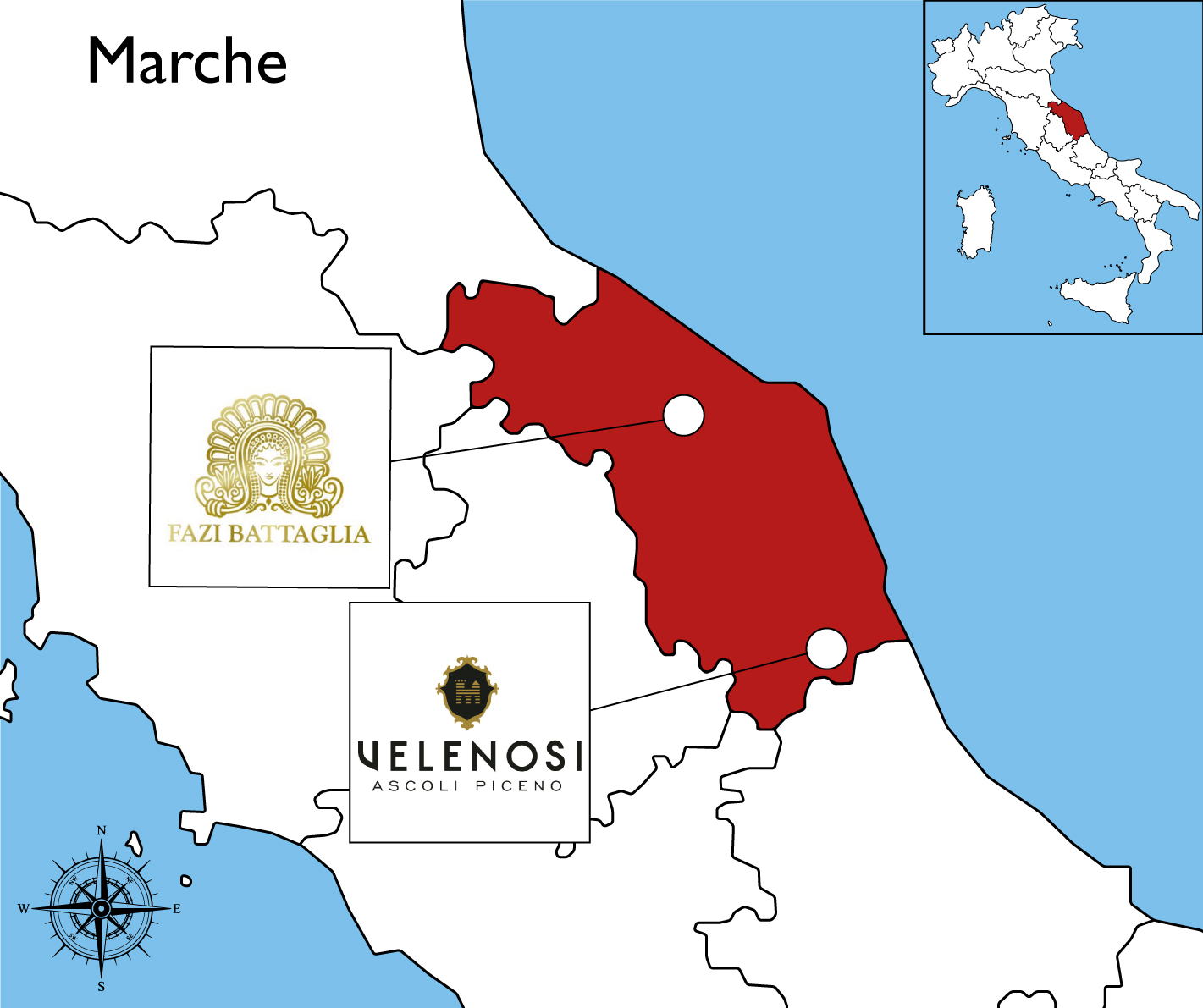
TRENTINO-ALTO ADIGE
Located in north-east Italy, this Italian wine region is noted for the distinct Austrian influences on the wines due to the region’s long history under the rule of Austria-Hungary and Holy Roman Empires. Production was once dominated by the local Lagrein and Schiava red grape varieties. White wines are now more important in terms of volume. They are increasingly made from well-known international varieties such as Pinot Grigio and Chardonnay.
